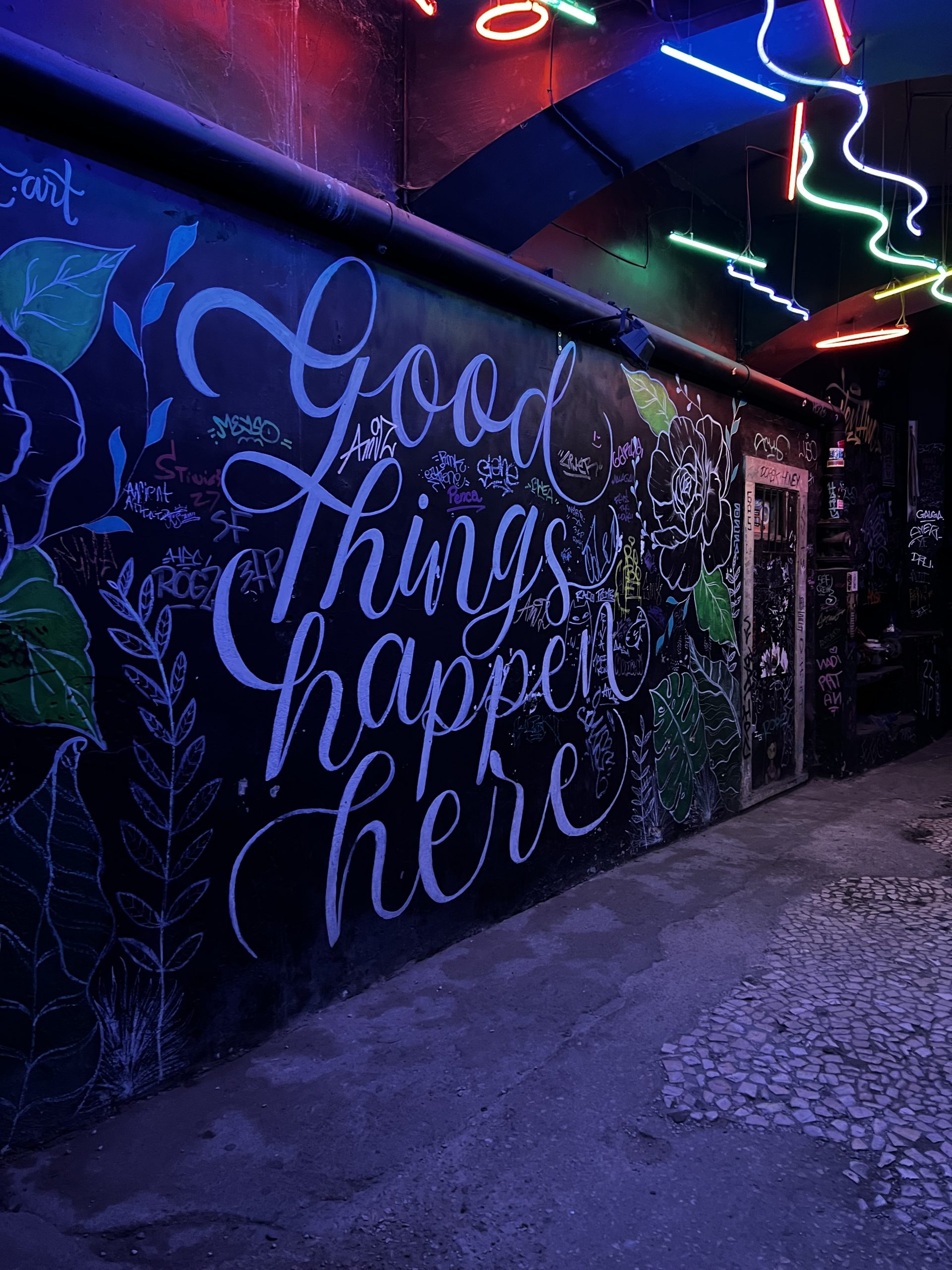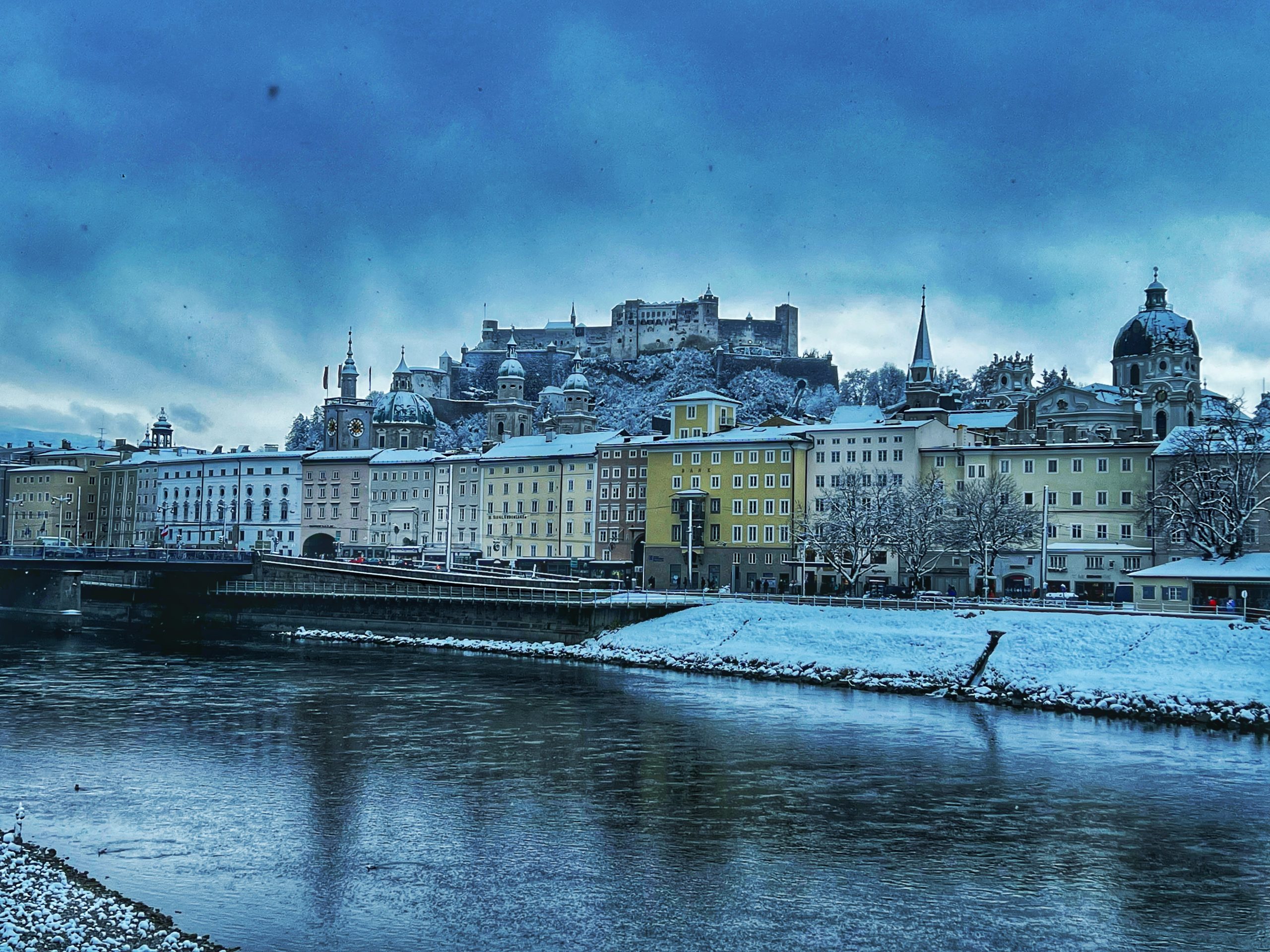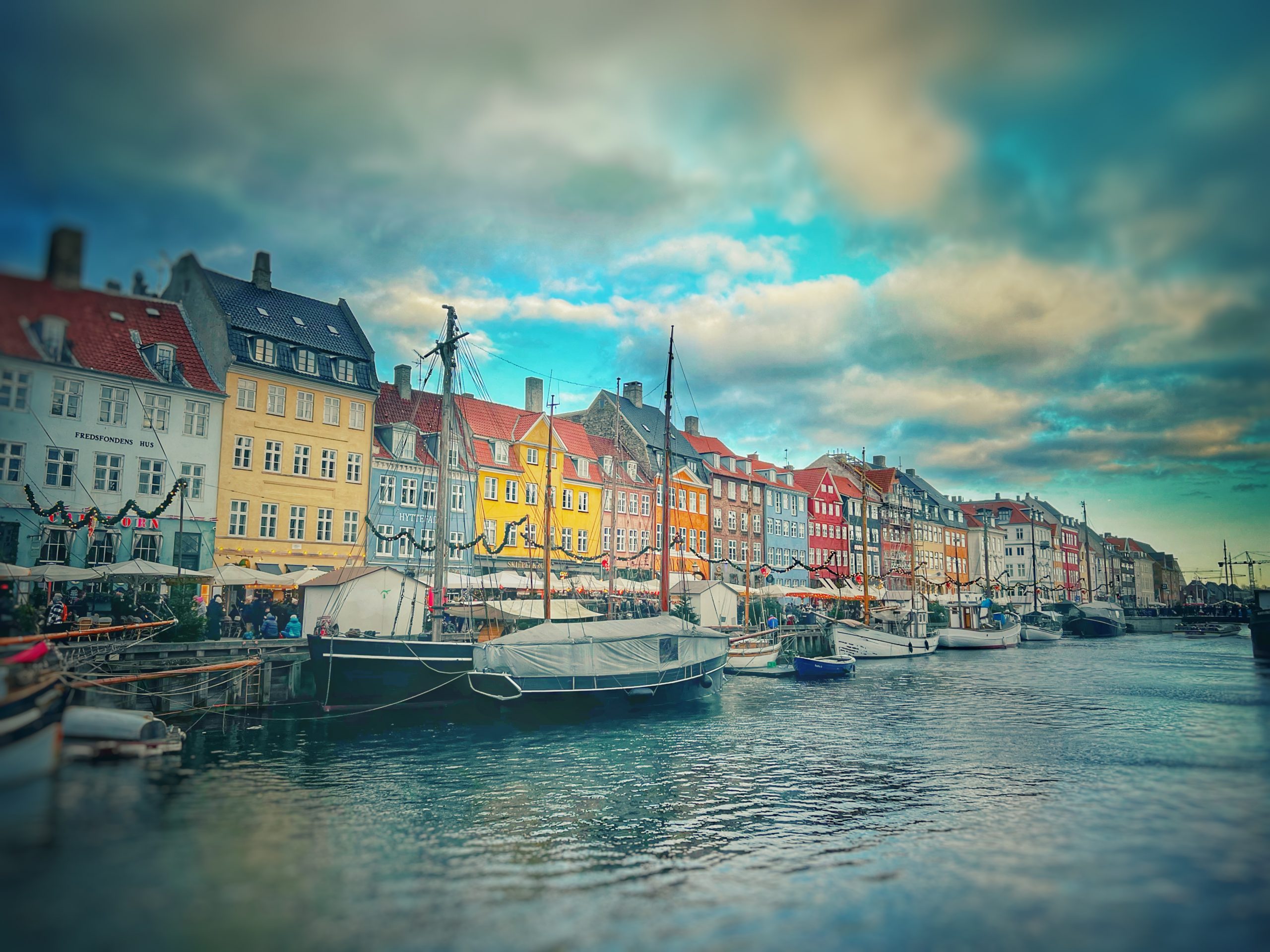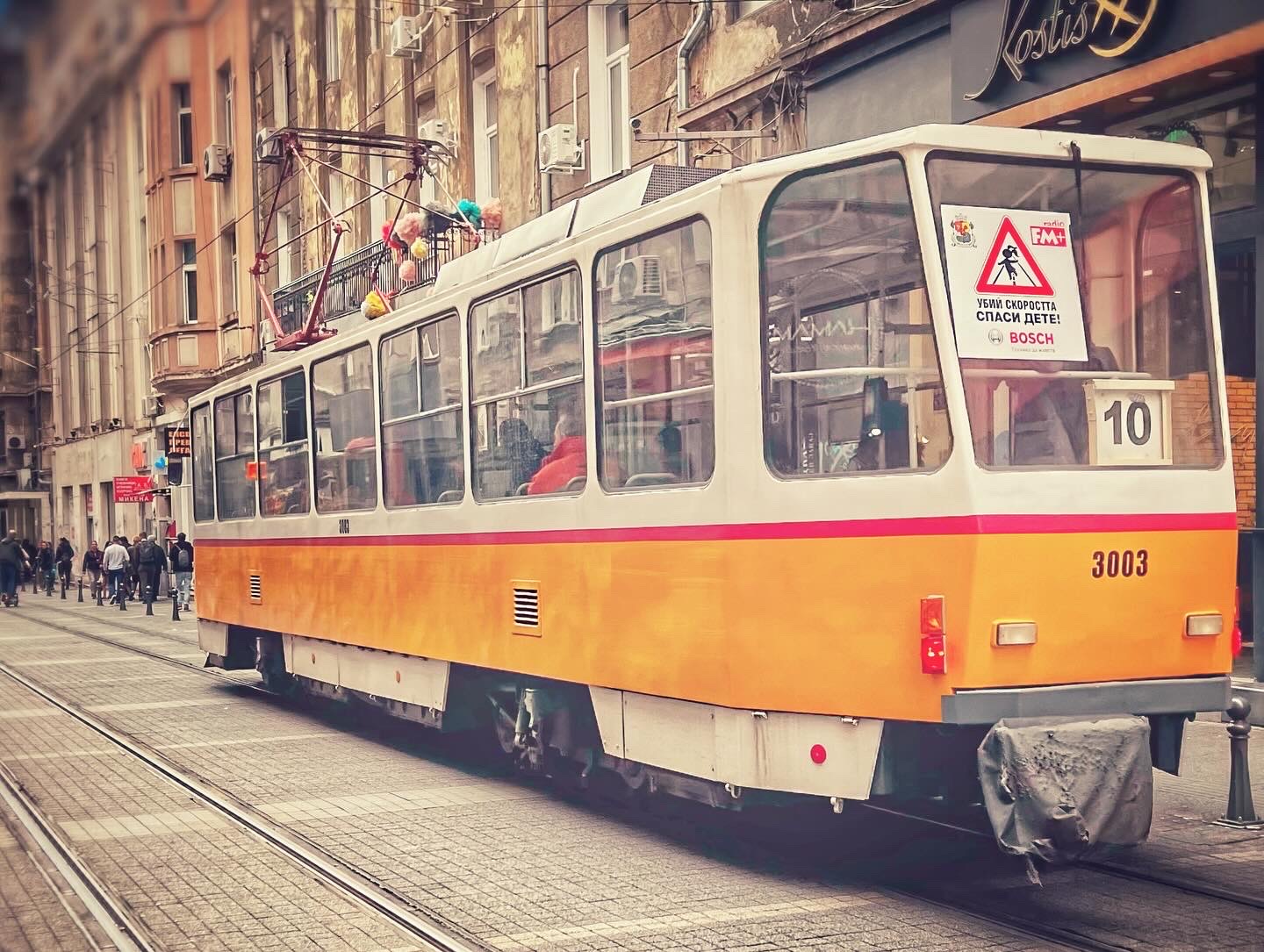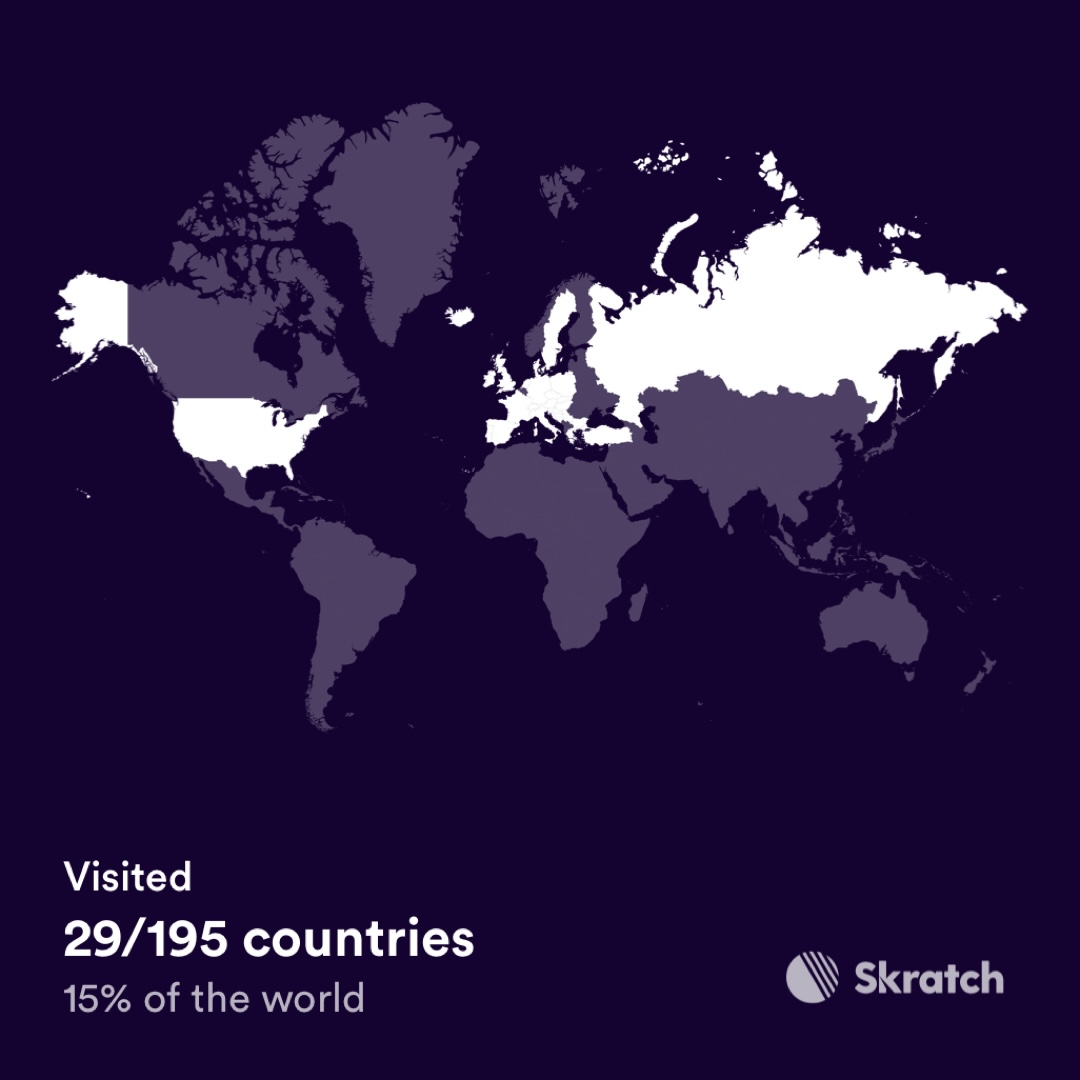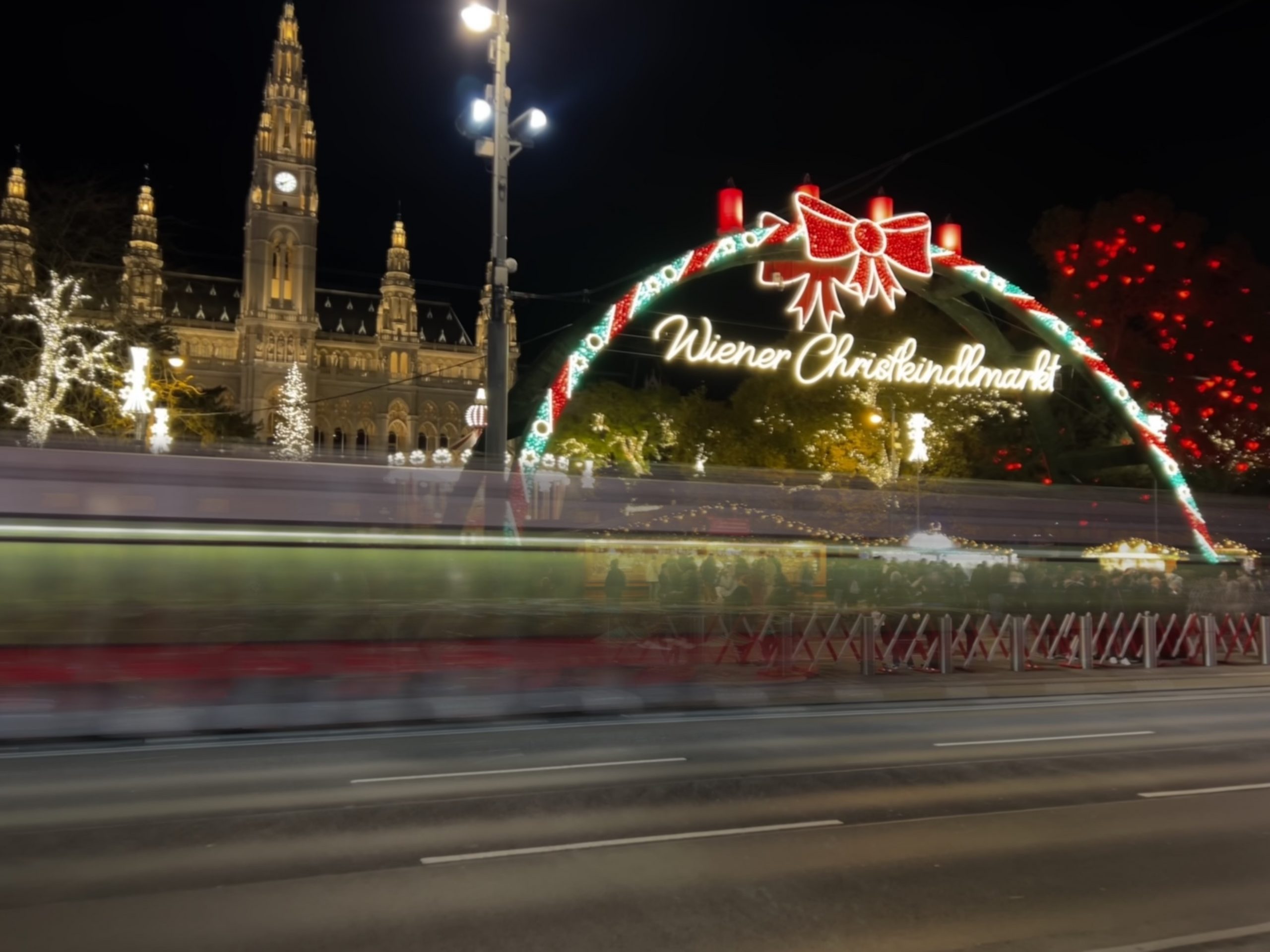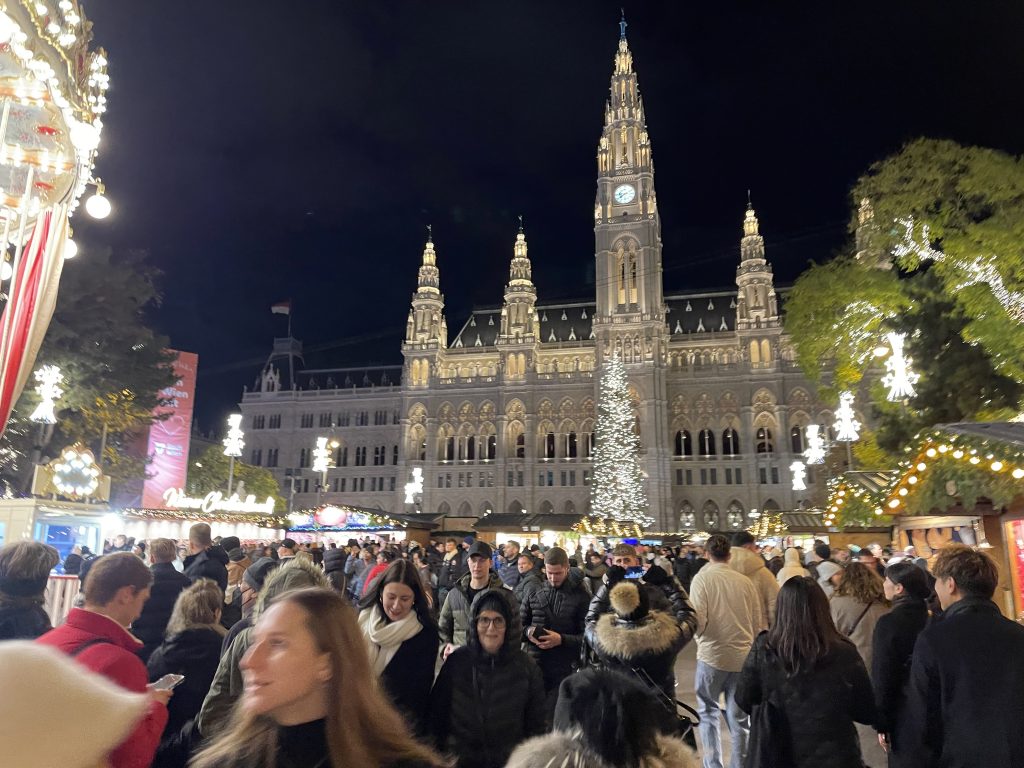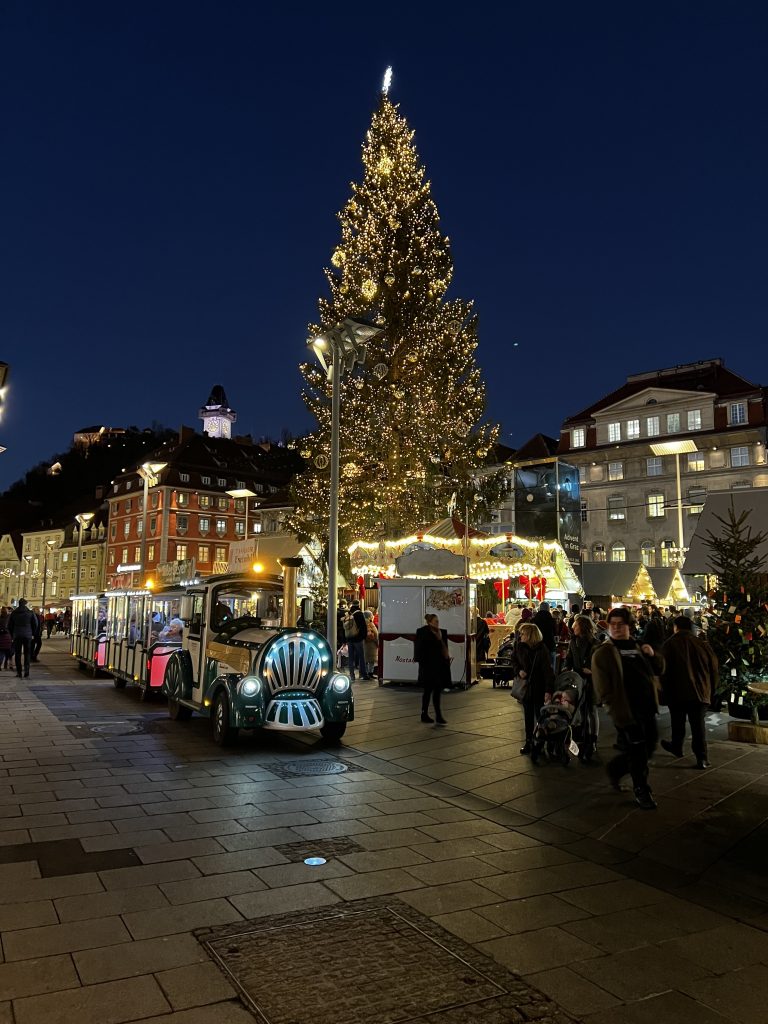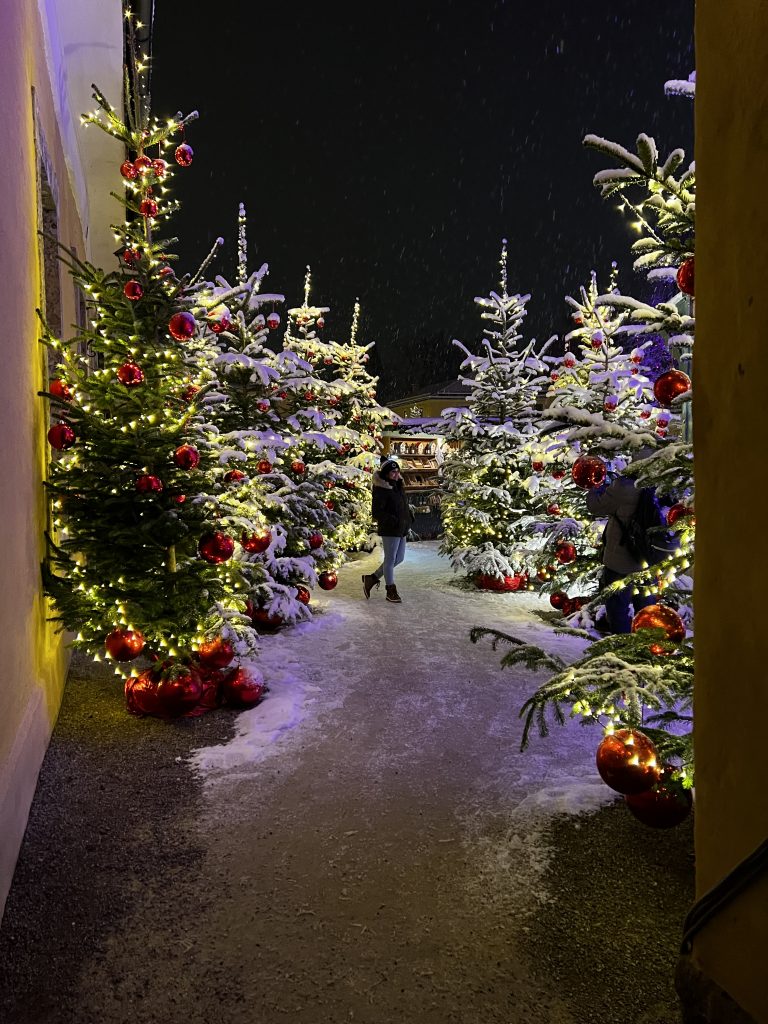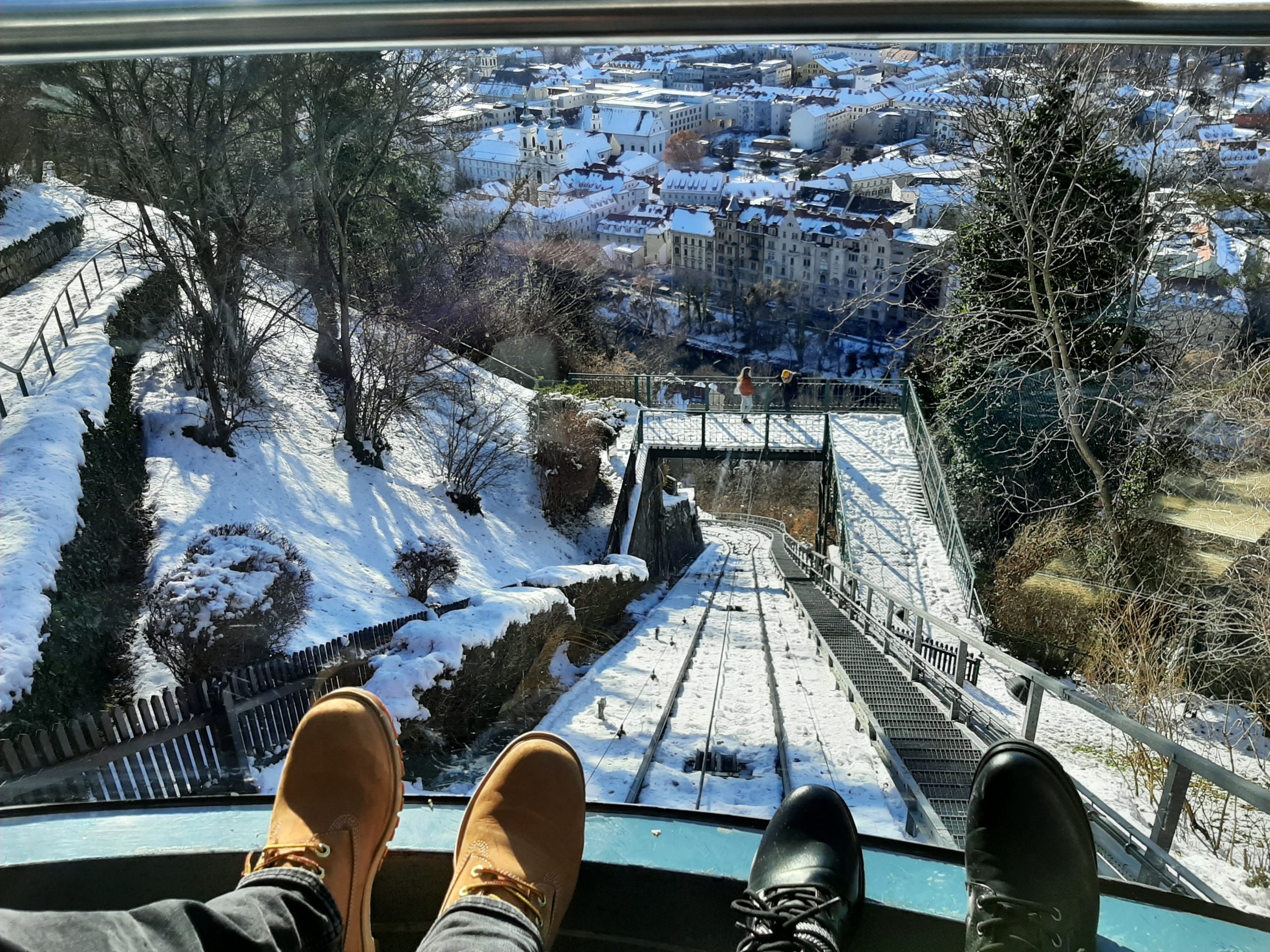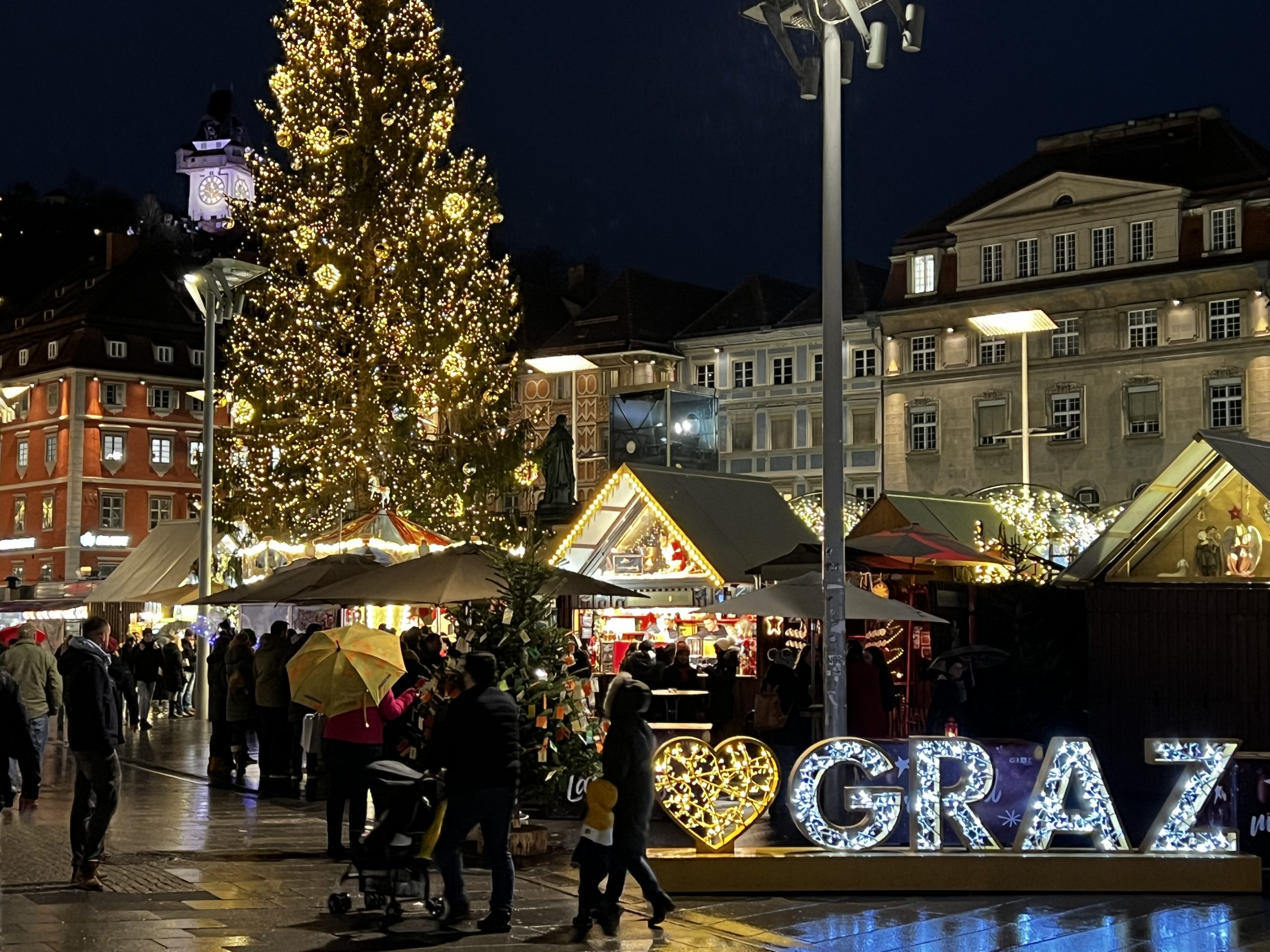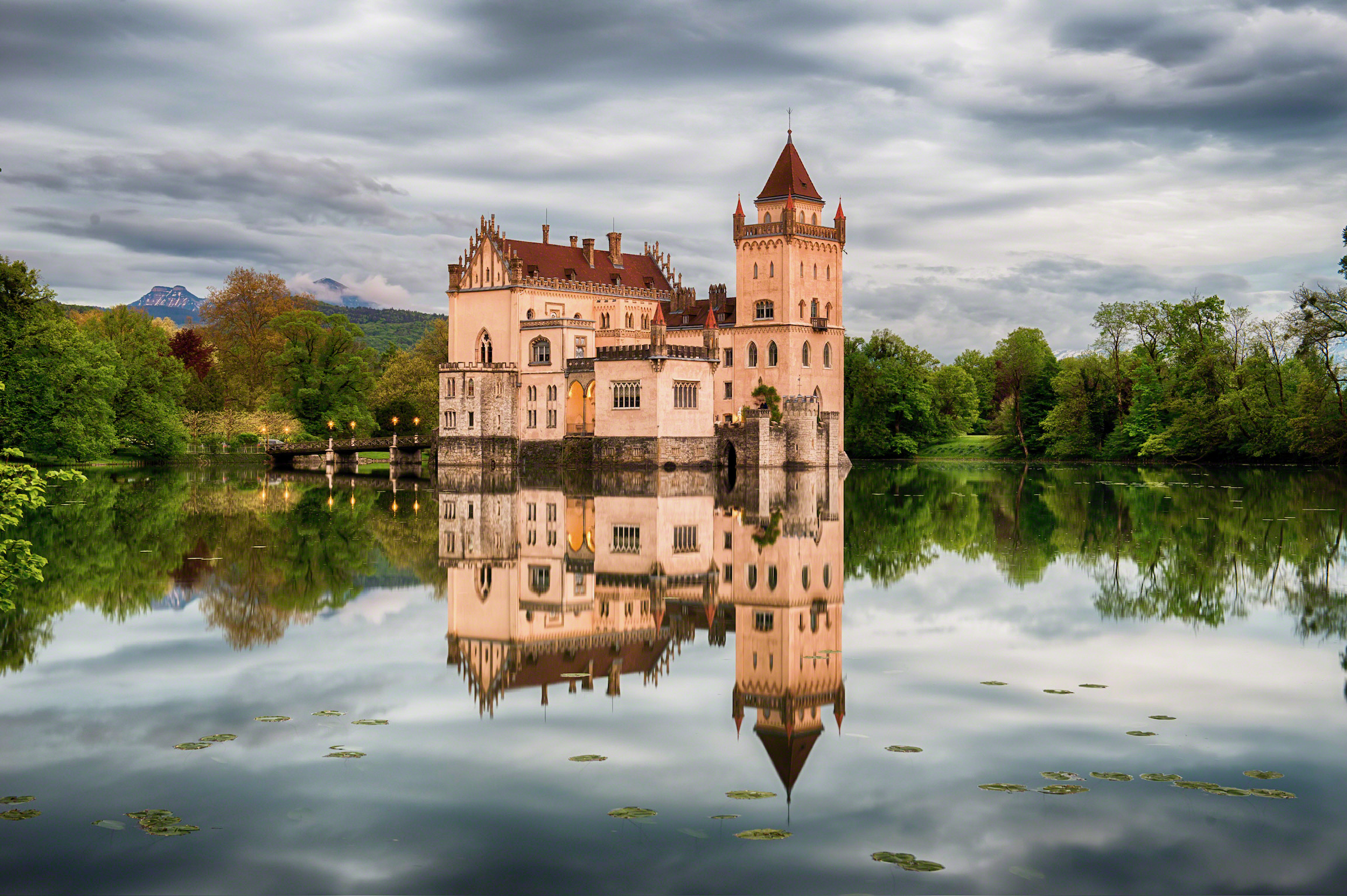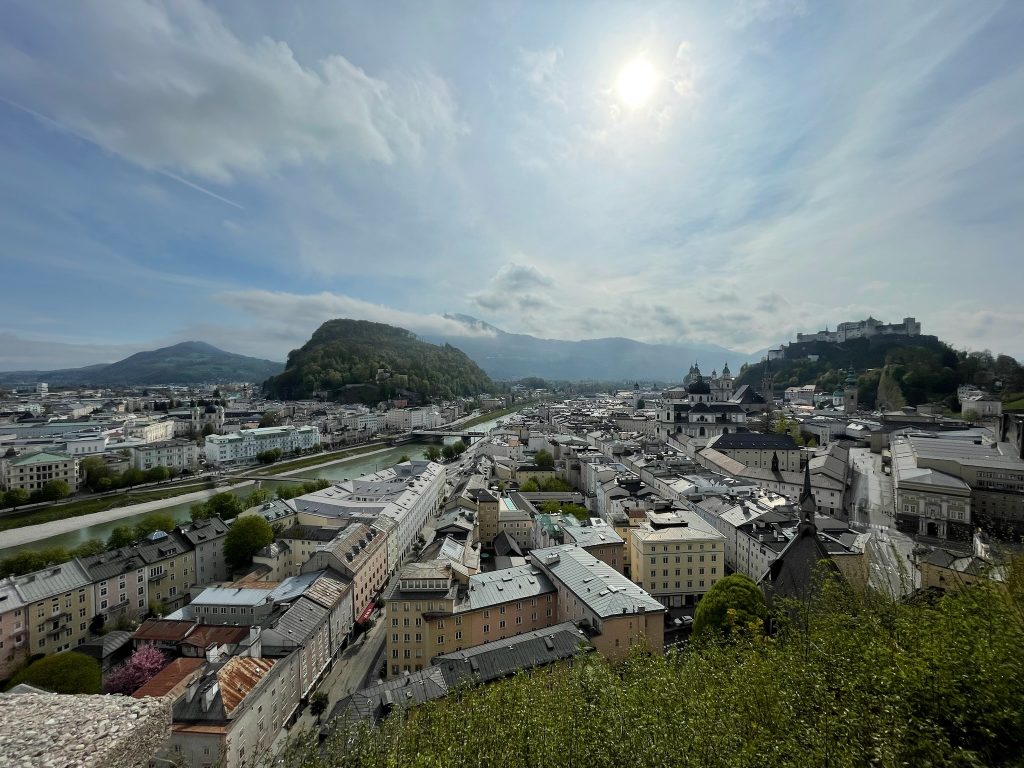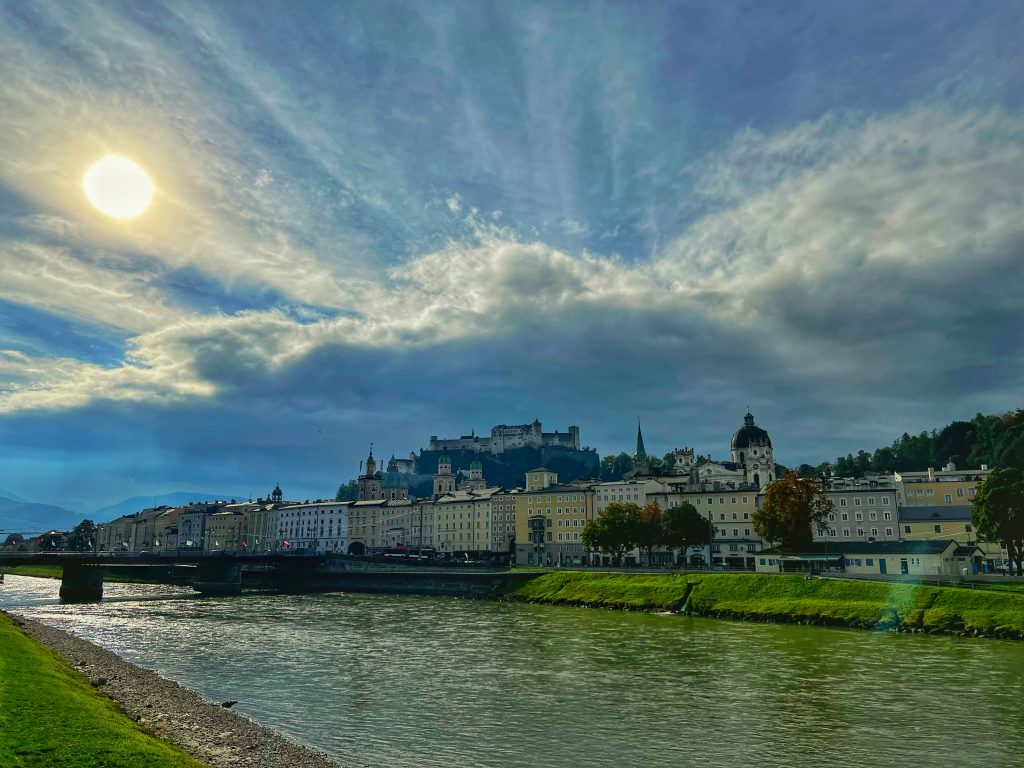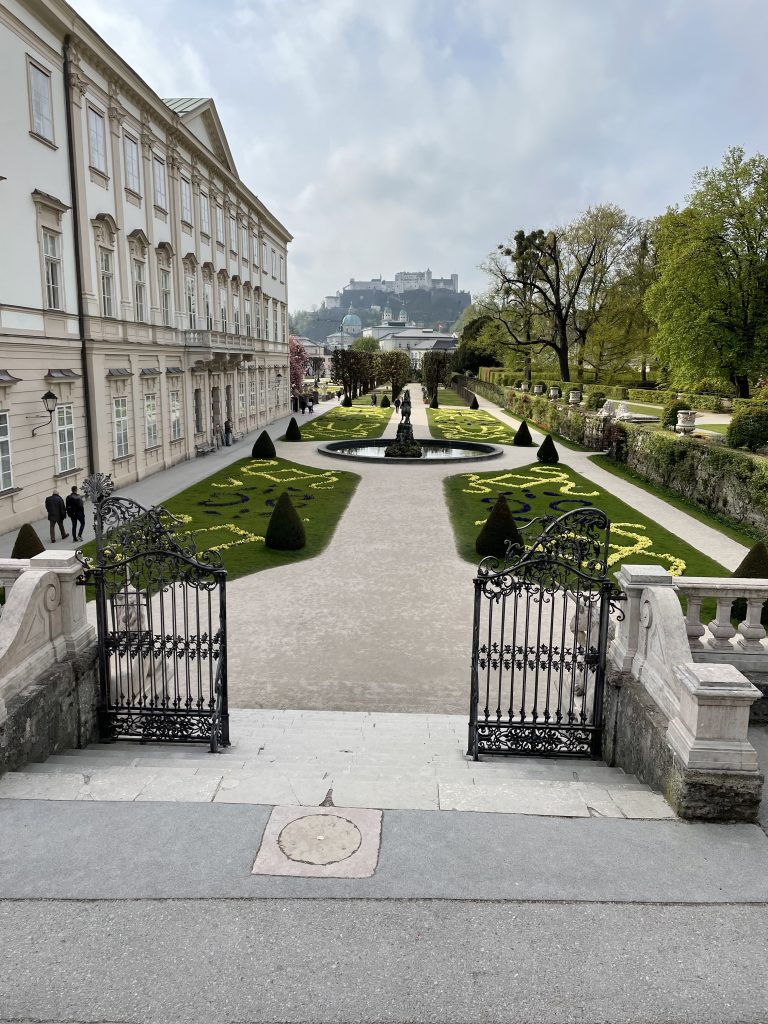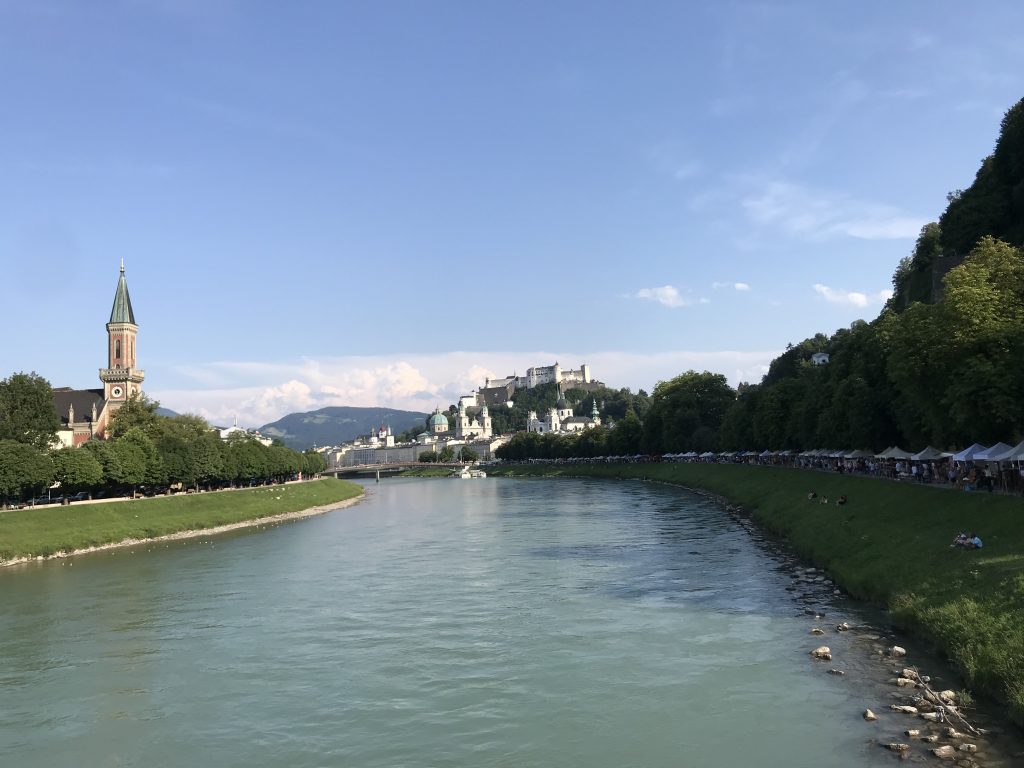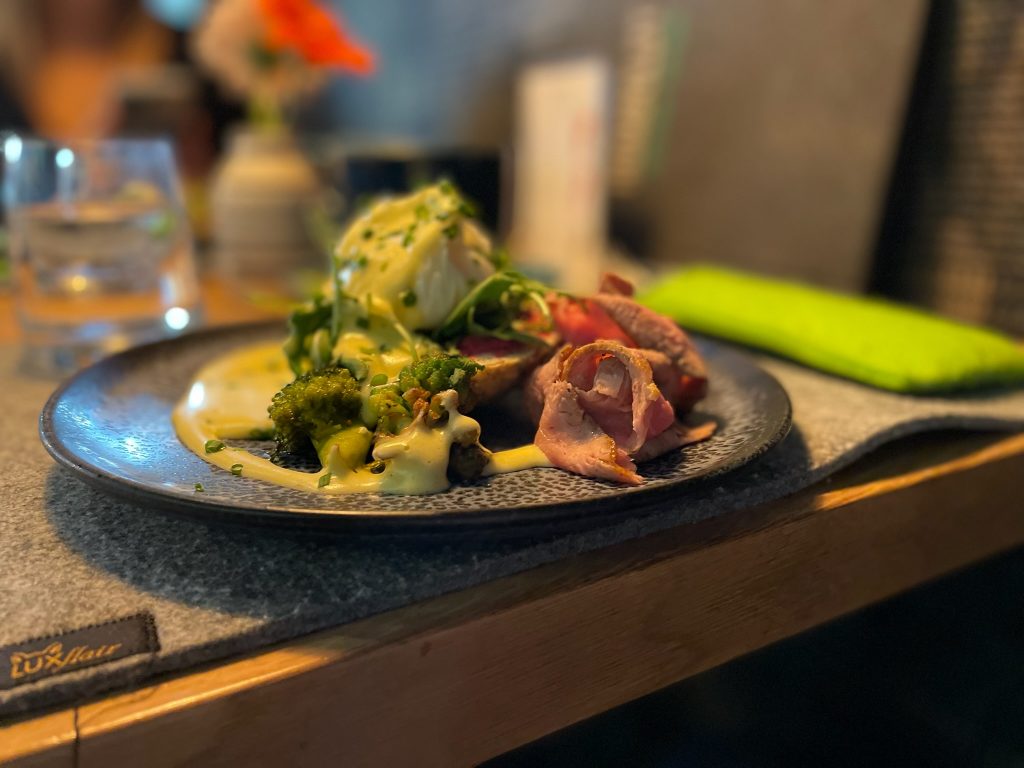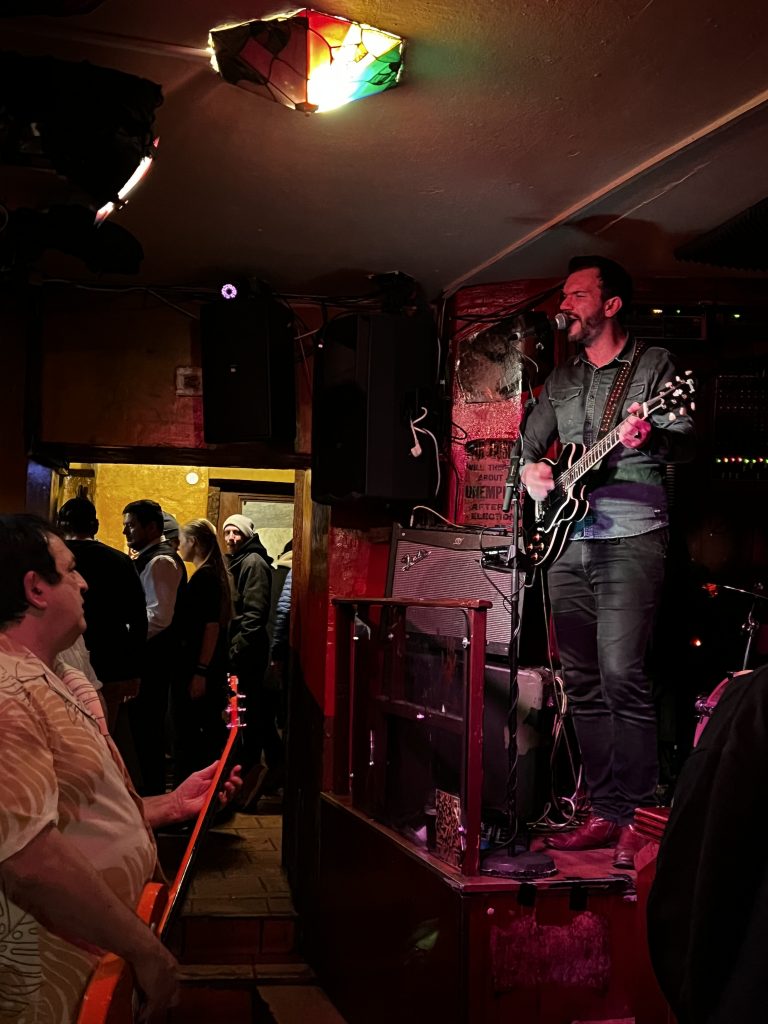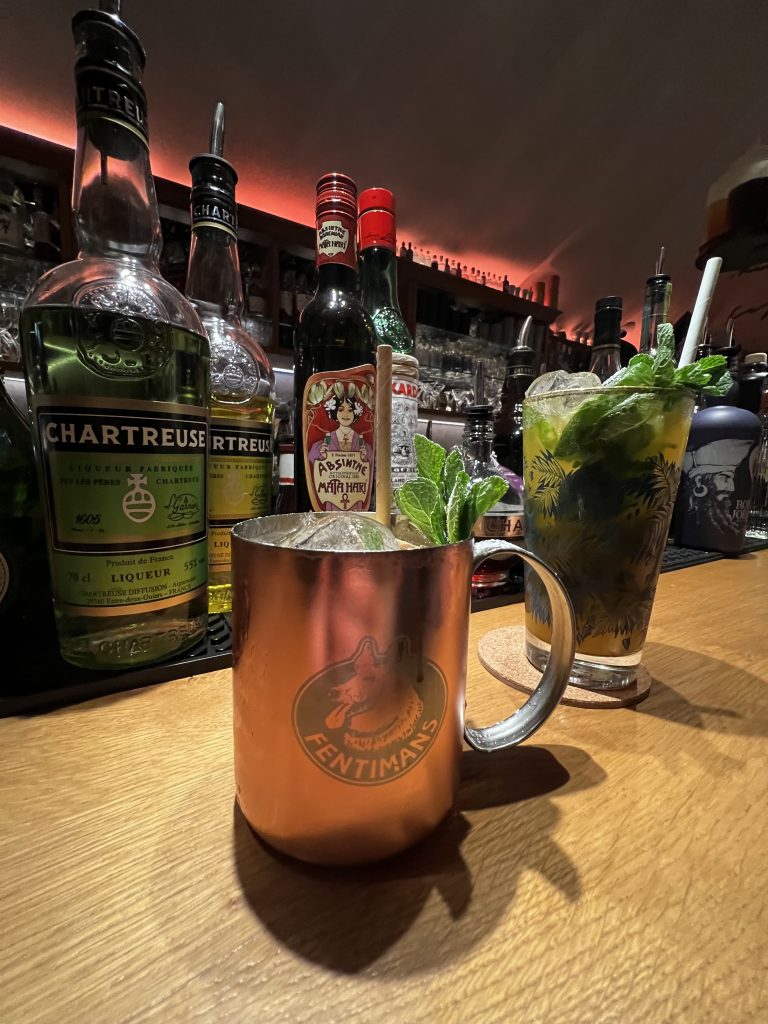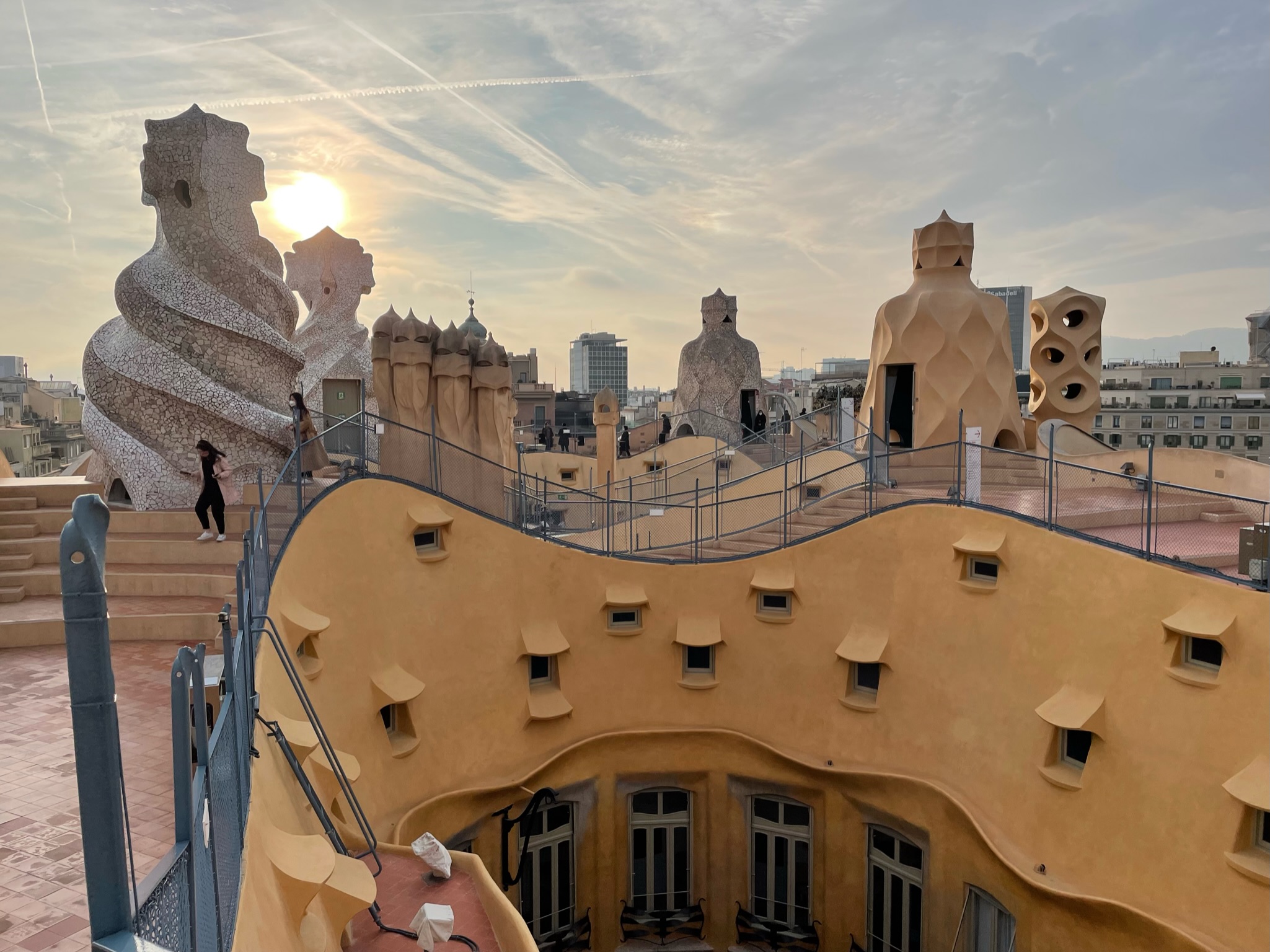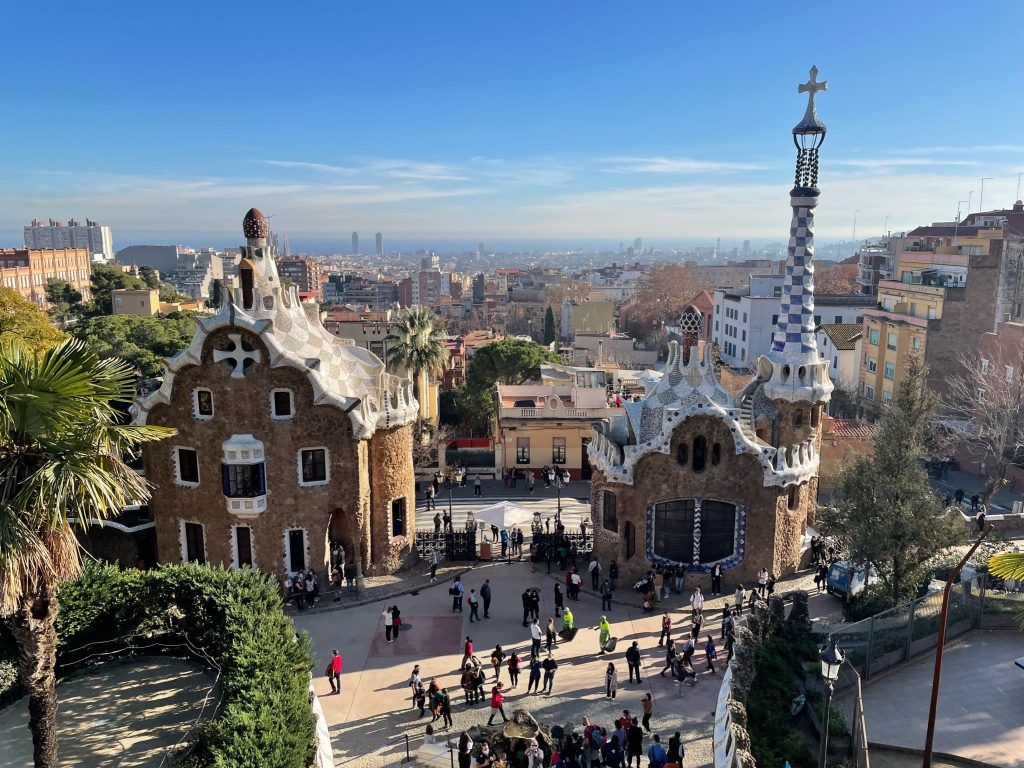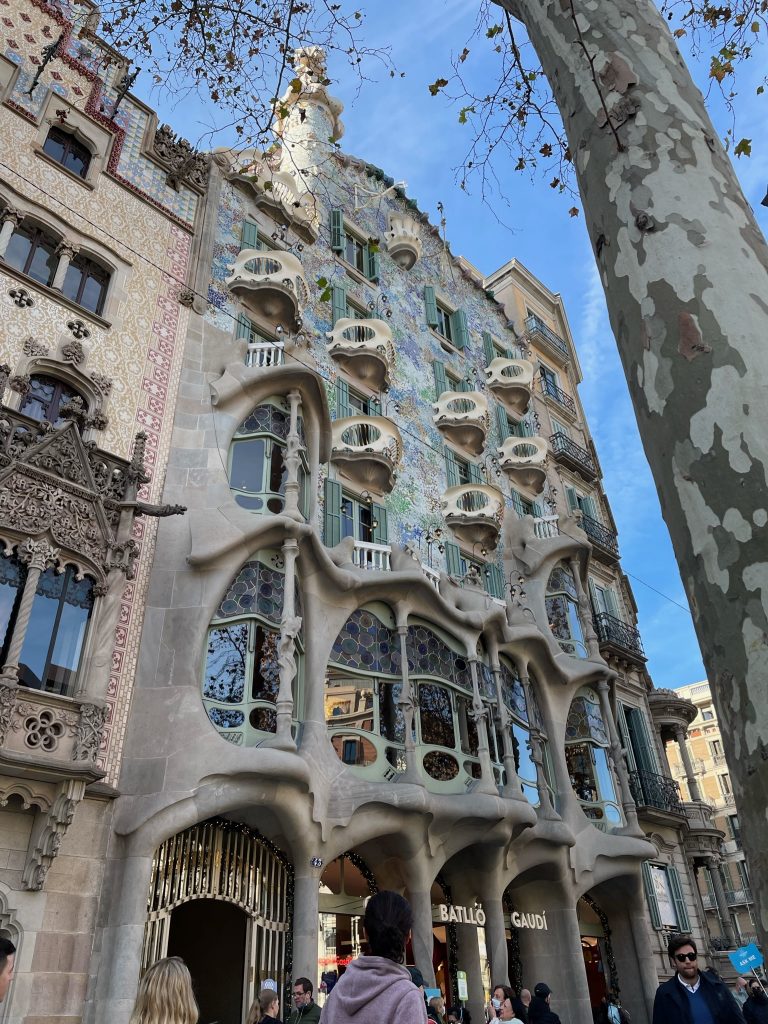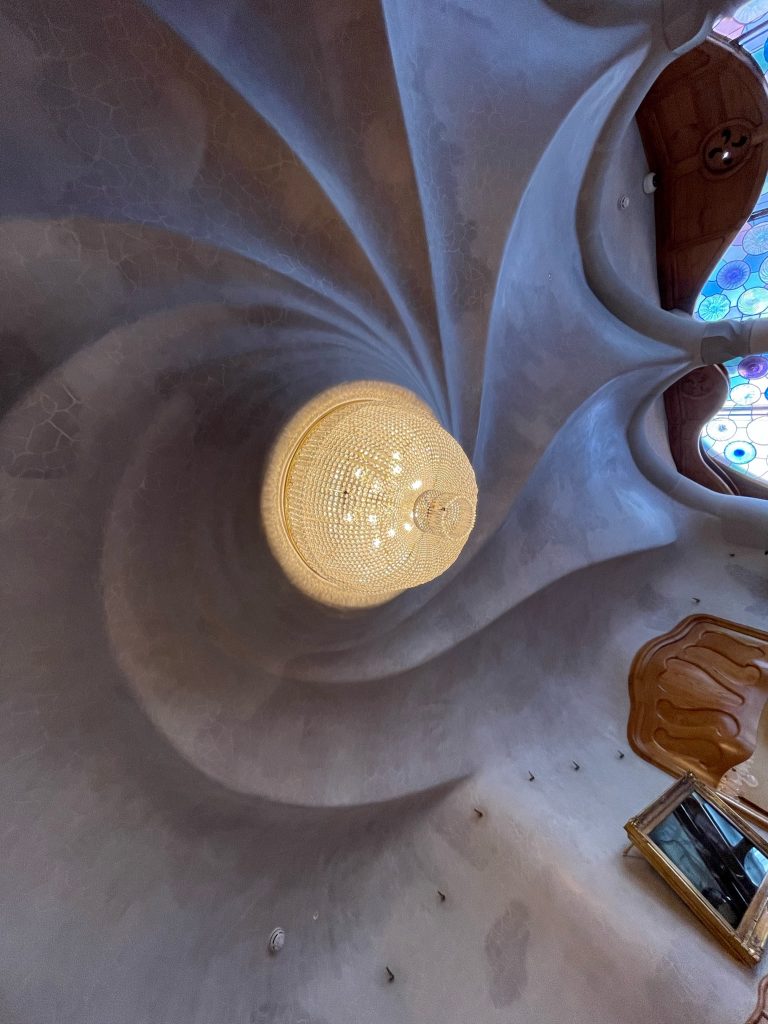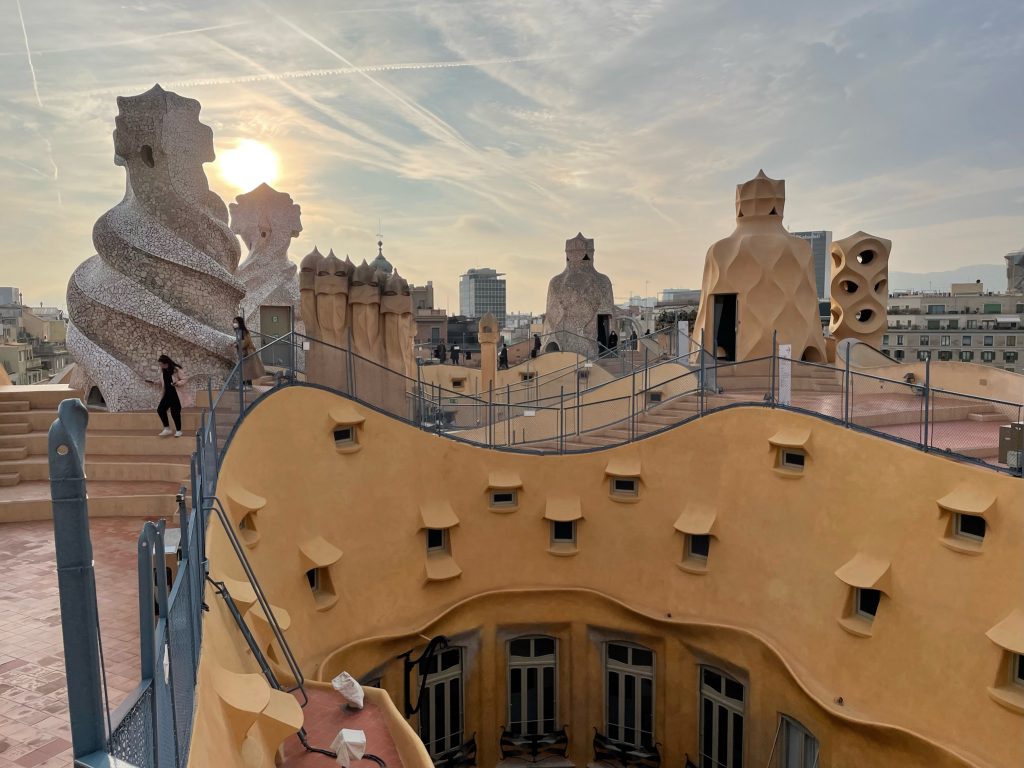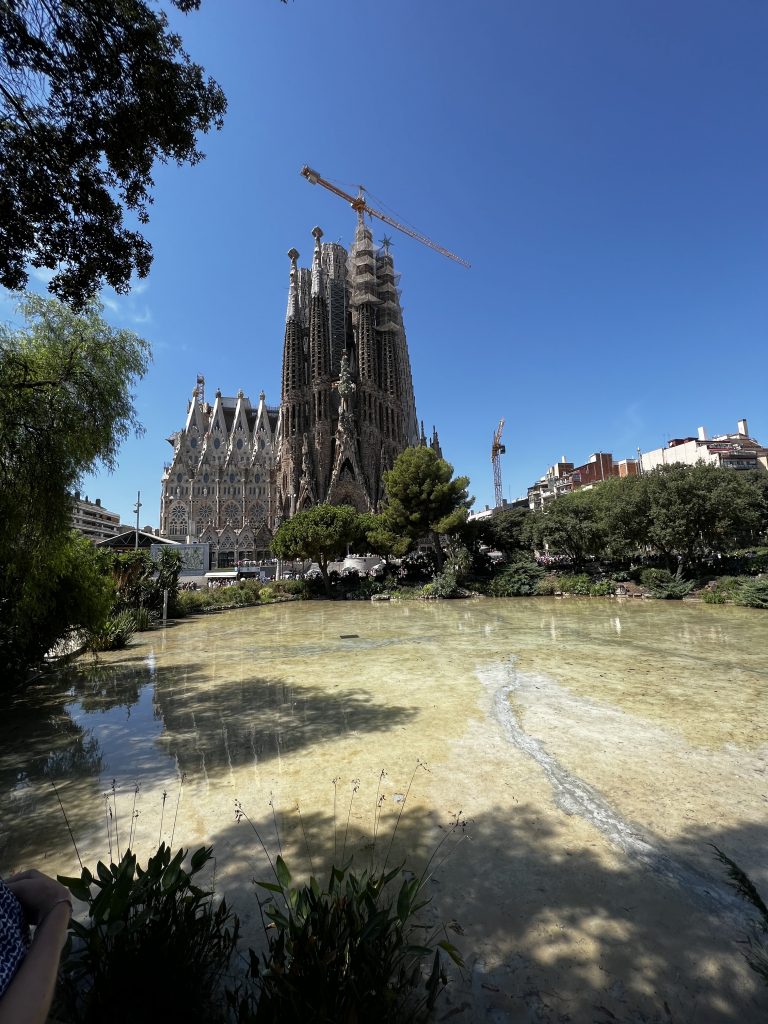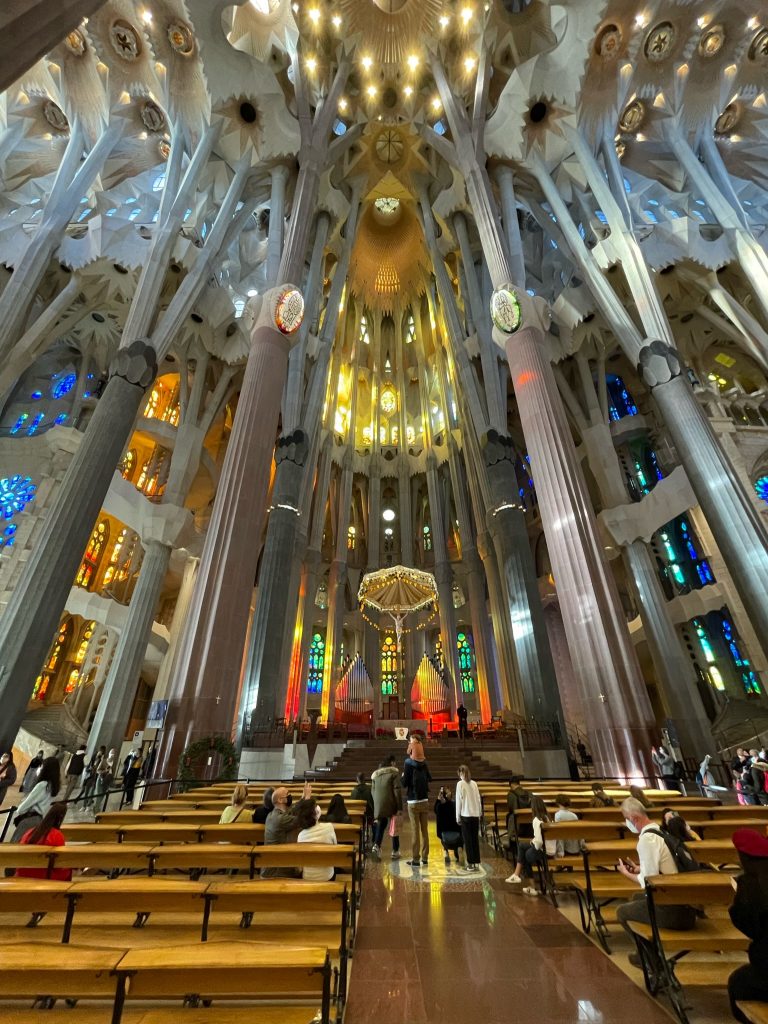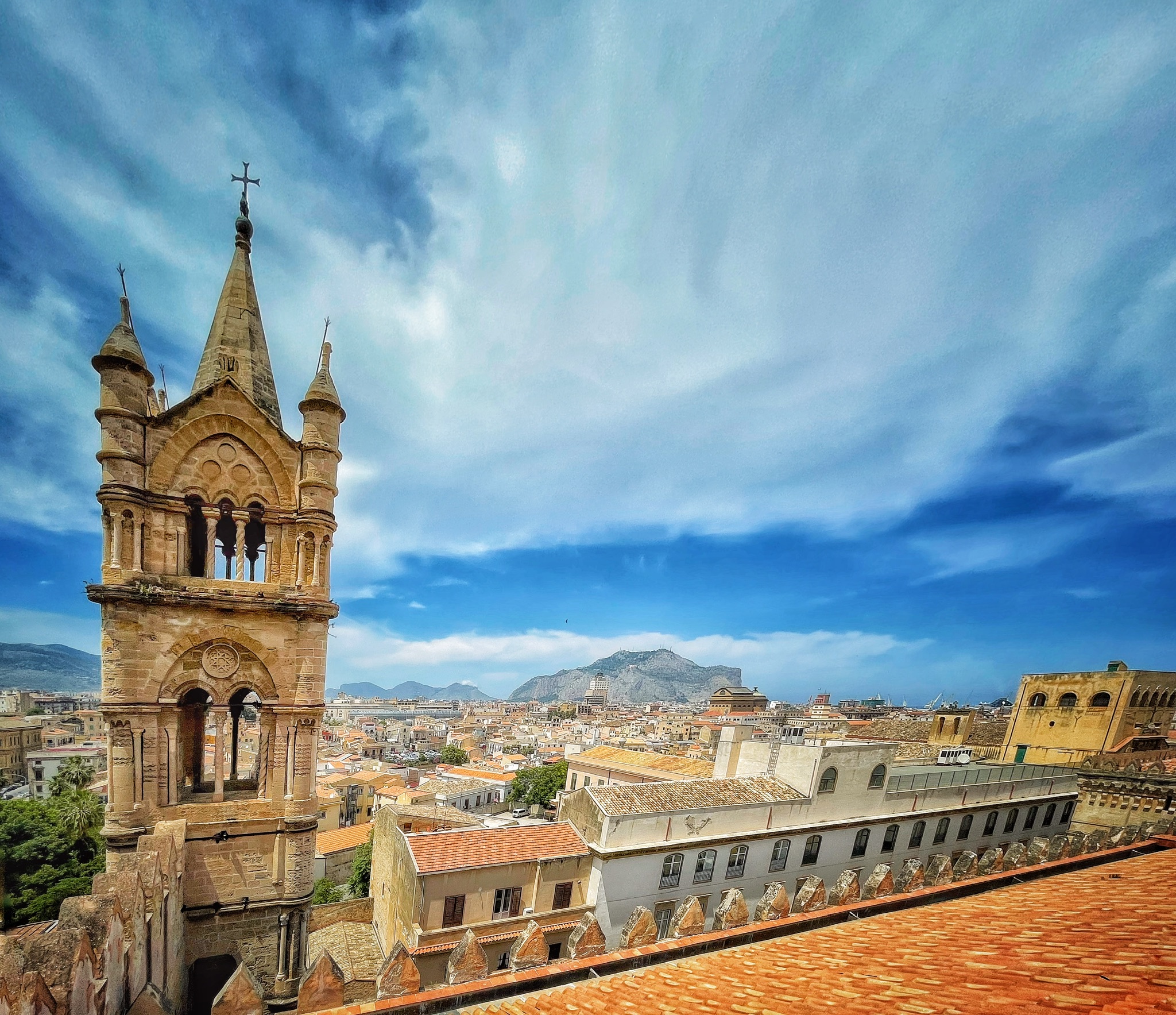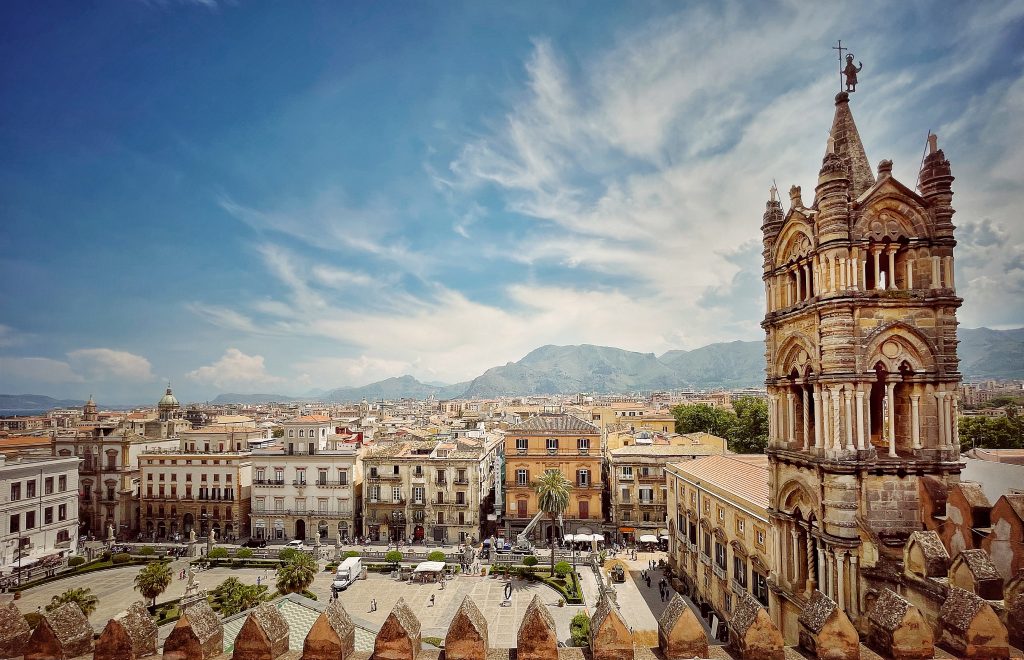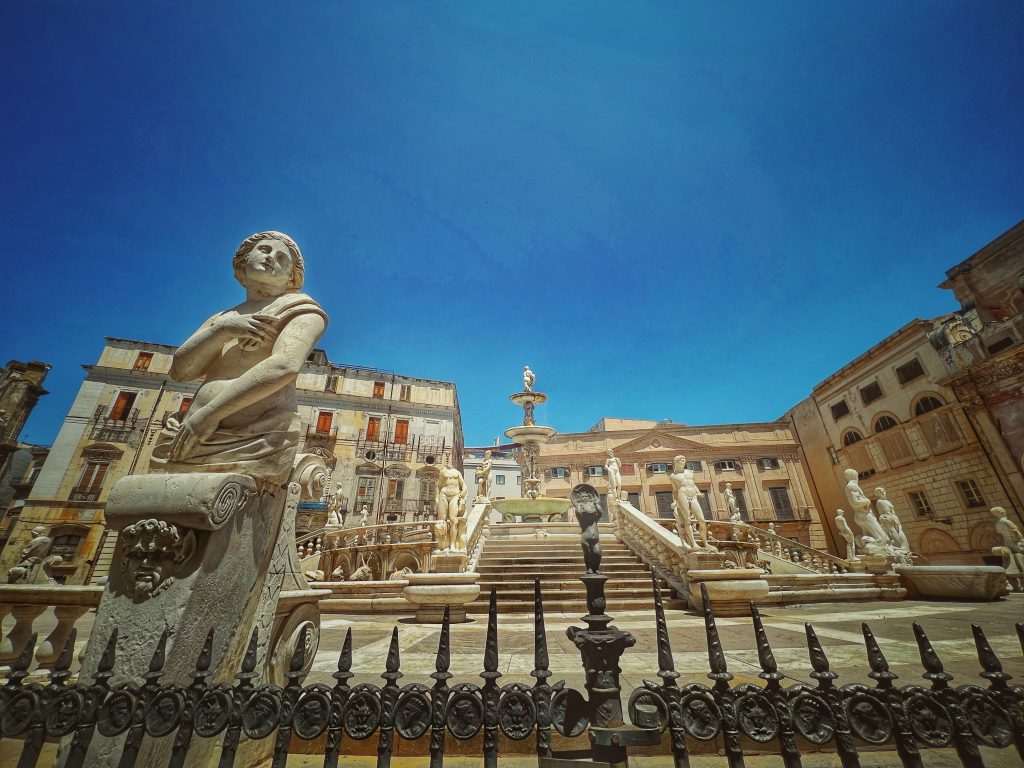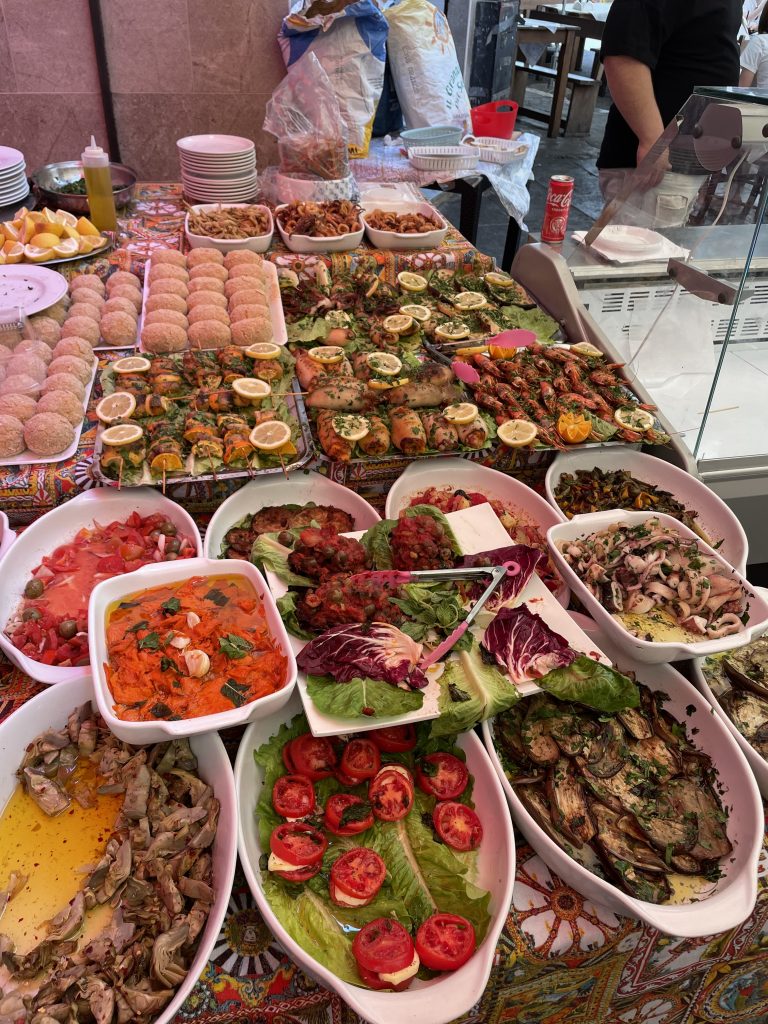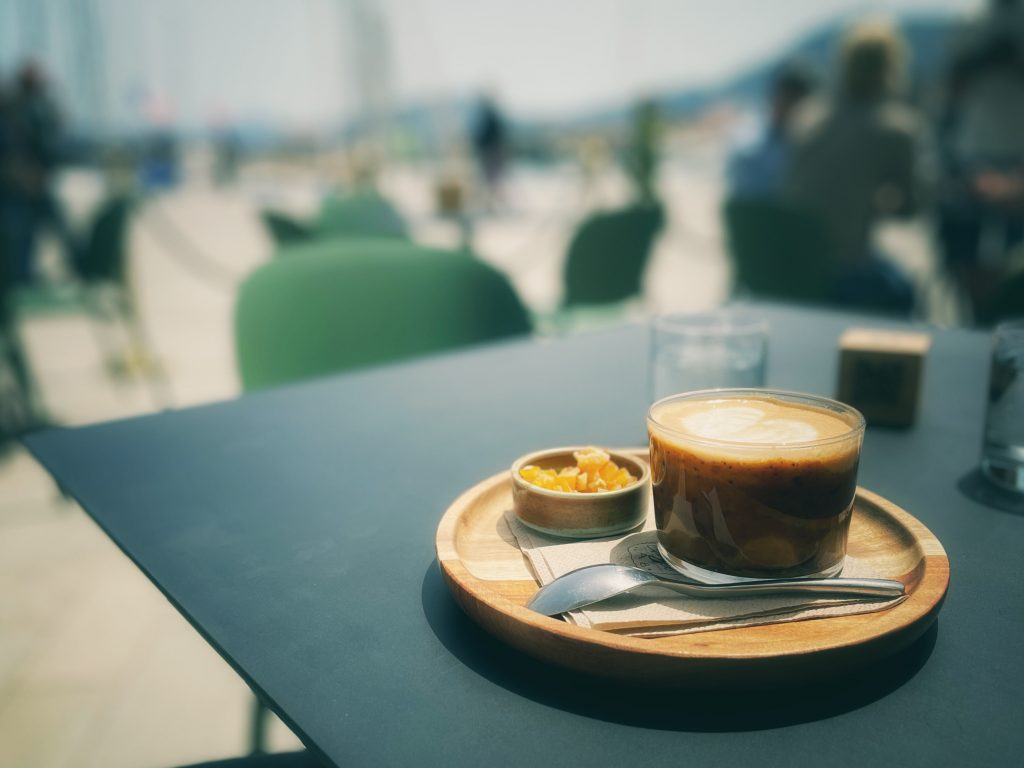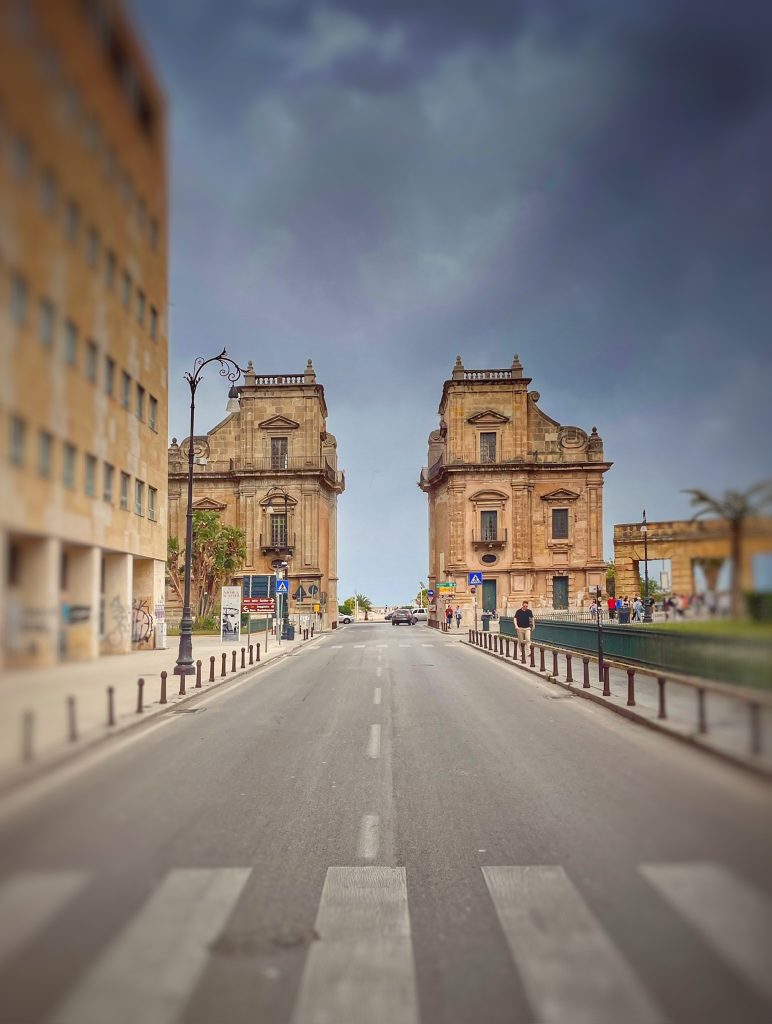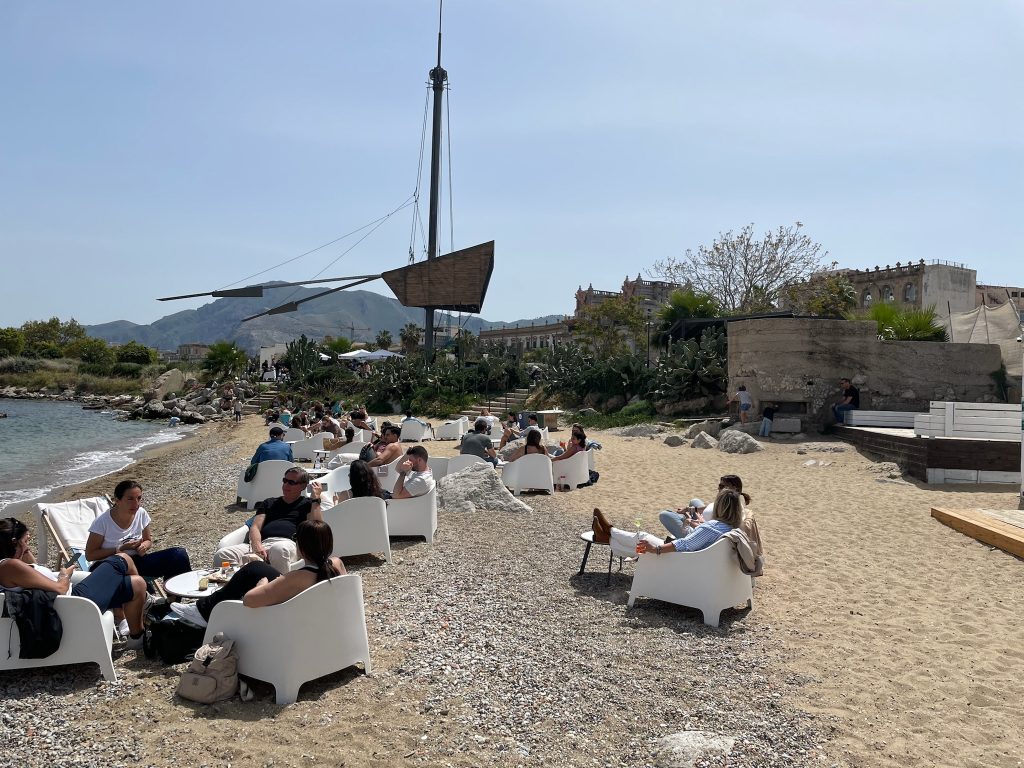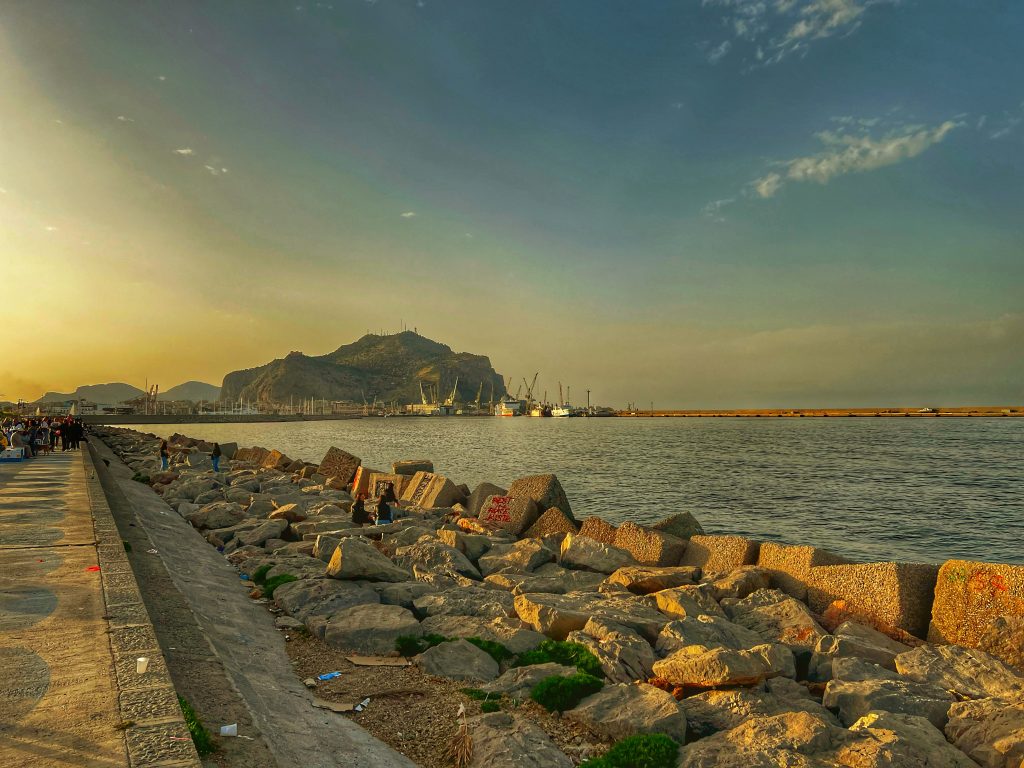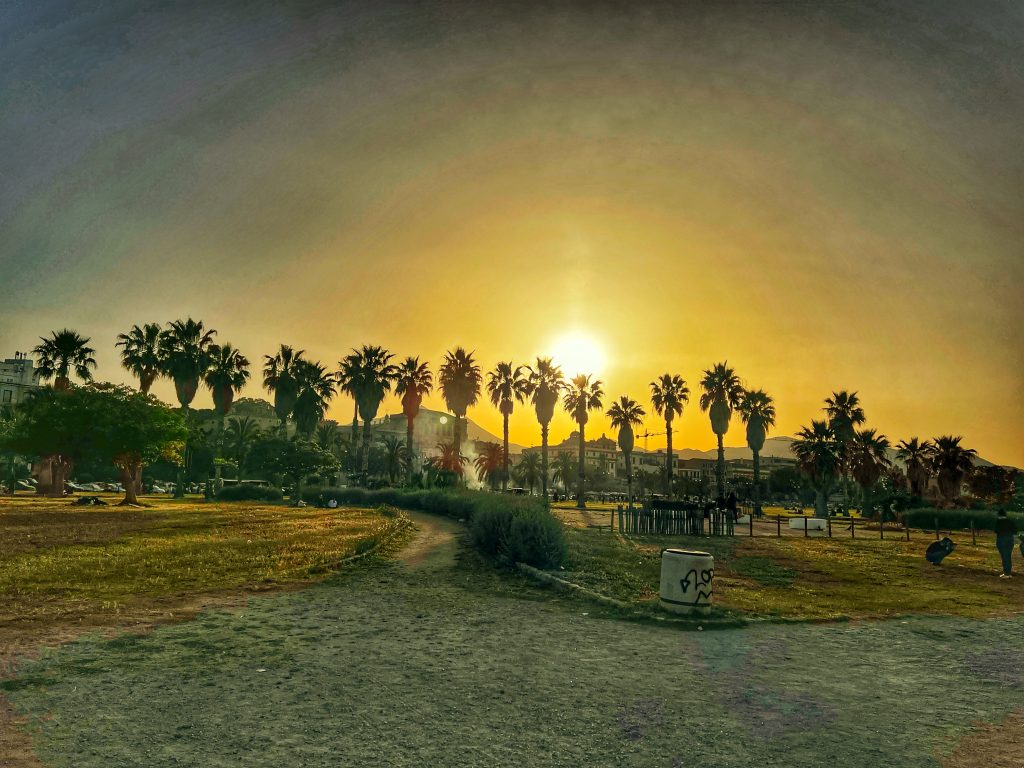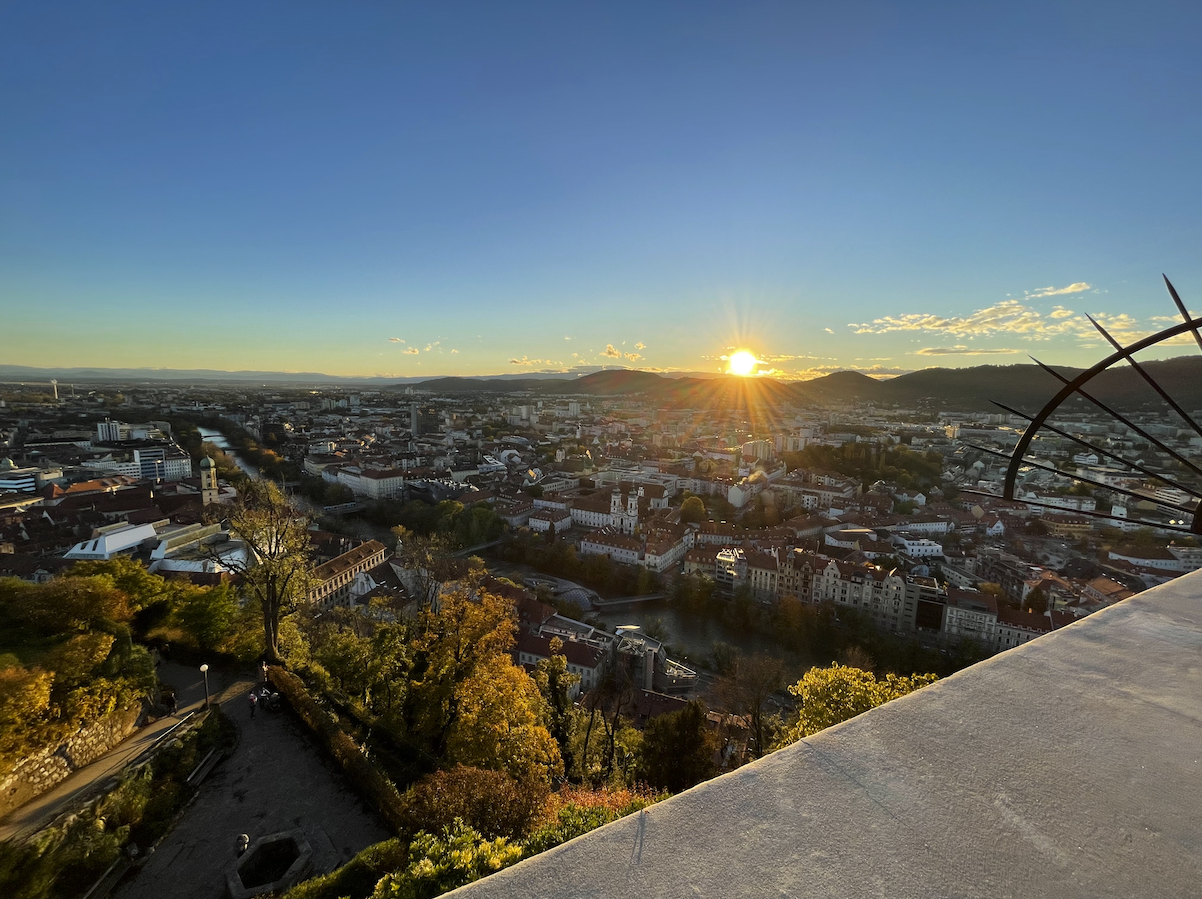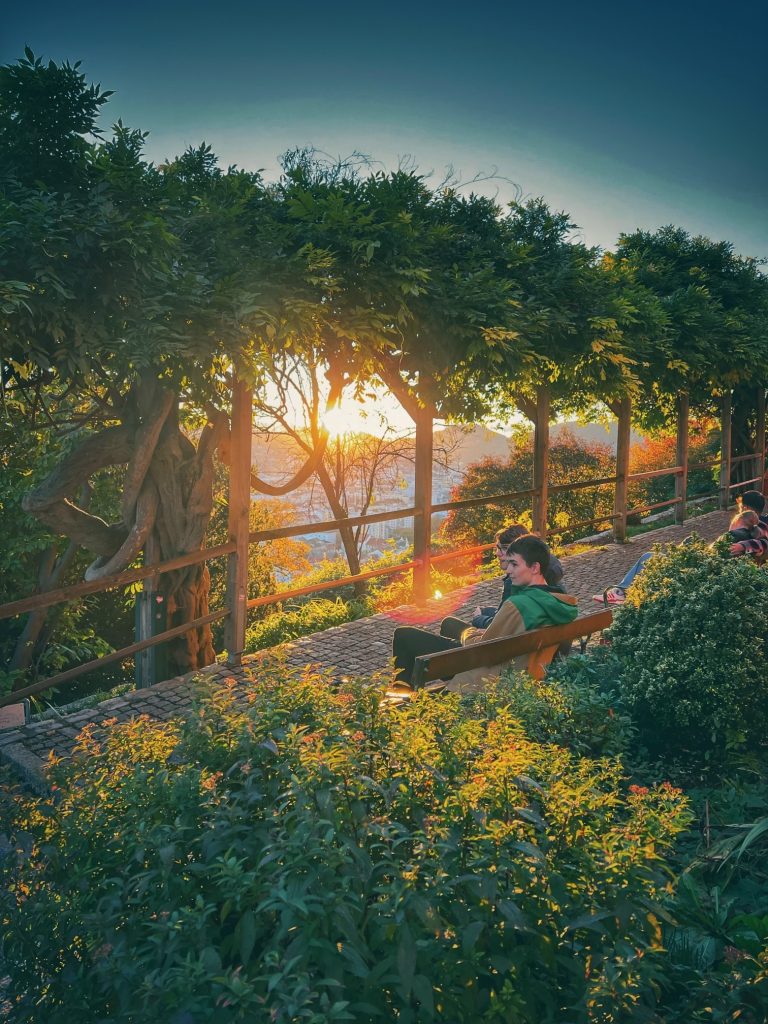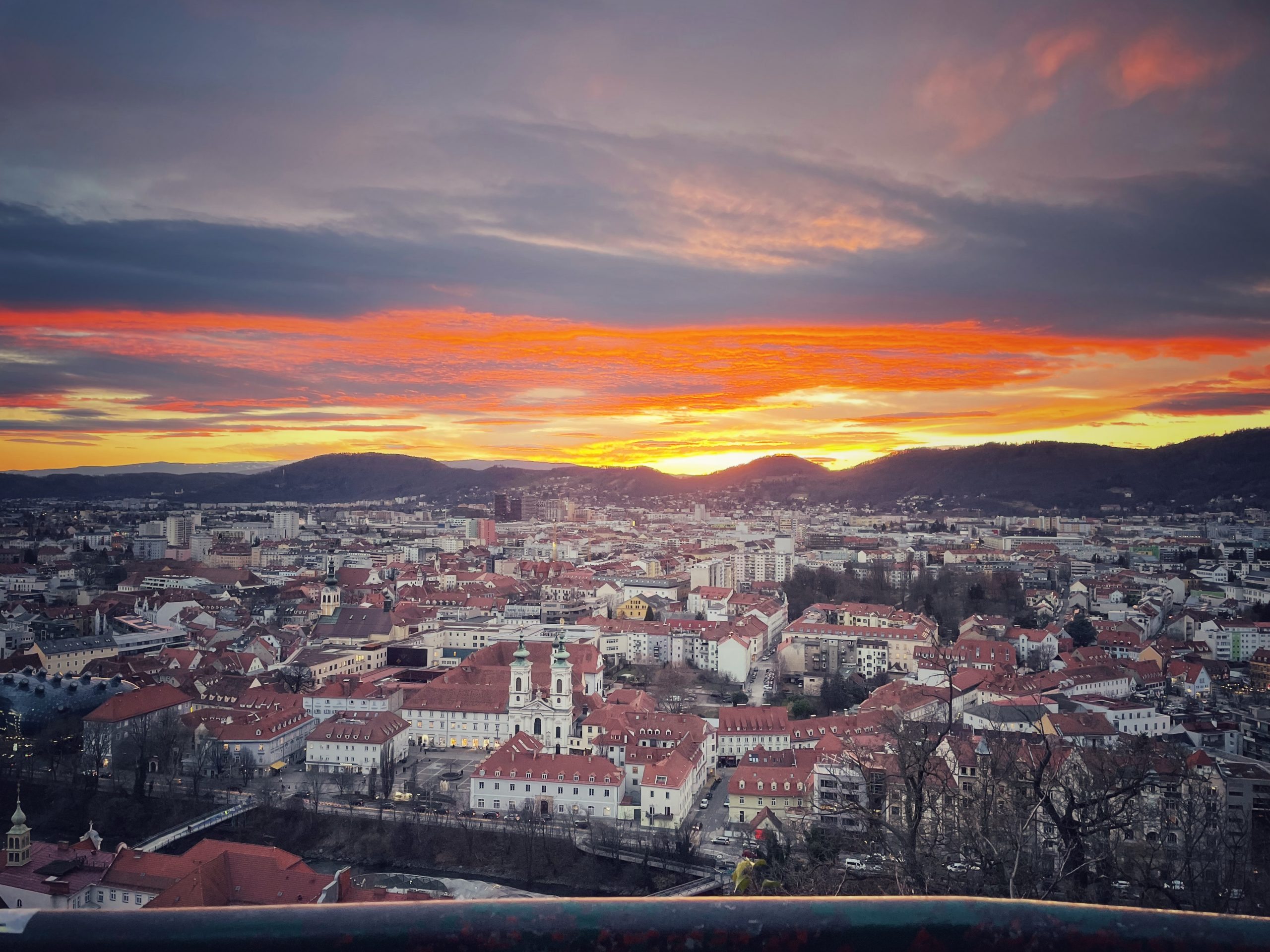Traveling is not just about exploring new places—it’s about personal growth, self-discovery, and transformation. Every new experience, every challenge faced while traveling, helps you learn more about yourself and the world around you. If you’re ready to embark on a journey of growth, these powerful travel quotes will show you how travel can change your life.
1. “The world is a book, and those who do not travel read only one page.” — Saint Augustine
Travel is an opportunity to read more chapters of life. Each destination opens a new page that broadens your understanding of the world.
2. “Travel is the only thing you buy that makes you richer.” — Unknown
Every trip you take is an investment in experiences that add value to your life. The memories, lessons, and growth are the true riches of travel.
3. “Travel far enough, you meet yourself.” — David Mitchell
When you step out of your comfort zone and into a new environment, you discover parts of yourself you didn’t know existed. Travel challenges you to face your fears and expand your limits.
4. “Life begins at the end of your comfort zone.” — Neale Donald Walsch
Growth happens when you push yourself beyond what’s familiar. Traveling forces you to adapt and grow in ways that staying at home never could.
5. “Not all those who wander are lost.” — J.R.R. Tolkien
Wandering is part of the journey of self-discovery. Traveling alone, without a clear destination in mind, gives you the space to find new paths and uncover hidden parts of yourself.
6. “Travel is fatal to prejudice, bigotry, and narrow-mindedness.” — Mark Twain
Travel exposes you to new perspectives and cultures, helping to break down barriers and biases. It forces you to see the world in a more inclusive and compassionate light.
7. “The more I traveled, the more I realized that the journey is the destination.” — Unknown
Travel teaches us that the most valuable lessons come not from reaching a destination, but from the experiences and growth we accumulate along the way.
8. “Take only pictures, leave only footprints.” — Chief Seattle
Travel helps you grow by teaching you the importance of leaving a positive impact on the world. It encourages you to respect nature, cultures, and people, and to cherish every moment.
9. “Travel is the best way to learn about the world and yourself.” — Unknown
Through travel, you get the opportunity to see the world in a new light and discover how different environments can help shape your character.
10. “You don’t have to be rich to travel well.” — Eugene Fodor
Travel isn’t about luxury; it’s about enriching your life with new experiences, challenges, and growth, no matter your budget.
11. “Wherever you go becomes a part of you somehow.” — Anita Desai
Every place you visit leaves its mark on you. The cultures, people, and lessons learned stay with you, helping to shape the person you are becoming.
12. “Traveling – it leaves you speechless, then turns you into a storyteller.” — Ibn Battuta
The experiences you have while traveling become stories of growth and discovery. You’ll return from your journeys transformed and with lessons worth sharing.
13. “Once a year, go someplace you’ve never been before.” — Dalai Lama
Trying new things and stepping outside your comfort zone is essential for growth. Travel challenges you to embrace the unfamiliar and reap the benefits of new experiences.
14. “The best way to predict your future is to create it.” — Abraham Lincoln
Travel helps you take control of your life and future. By choosing where to go, how to go, and what to experience, you shape the course of your life.
15. “Travel makes one modest. You see what a tiny place you occupy in the world.” — Gustave Flaubert
Travel humbles you by showing you how vast the world is and how many perspectives exist outside your own. It helps you grow by reminding you of the bigger picture.
16. “A journey is best measured in friends, rather than miles.” — Tim Cahill
While the destinations matter, it’s the relationships you build during your travels that truly contribute to your personal growth.
17. “Traveling alone means you’re never really alone.” — Unknown
Solo travel fosters independence, but it also teaches you the value of connection. You meet people from all over the world, each offering their own lessons and insights.
18. “People don’t take trips, trips take people.” — John Steinbeck
The experiences you have while traveling transform you. It’s not about what you plan, but how the journey shapes you in unexpected ways.
19. “We travel not to escape life, but for life not to escape us.” — Unknown
Travel helps you live fully, reminding you to seize each moment and embrace every new experience that life has to offer.
20. “Travel teaches toleration.” — Benjamin Disraeli
Travel opens your mind and heart, teaching you to appreciate differences and respect diverse cultures and ideas.
Why Travel Helps You Grow
Travel is one of the most powerful tools for personal development. Whether you’re exploring new cultures, navigating unfamiliar streets, or overcoming challenges on the road, travel forces you to adapt and expand your horizons. From building confidence to learning about different cultures, the lessons gained from travel are invaluable.
By embracing the unknown, taking risks, and stepping outside your comfort zone, you not only learn about the world but also about yourself. As these quotes show, travel is a tool for growth, both inward and outward. So, pack your bags, take that leap, and let the power of travel transform your life.
